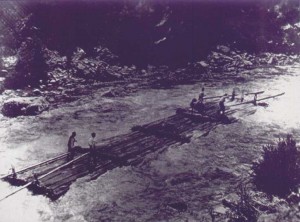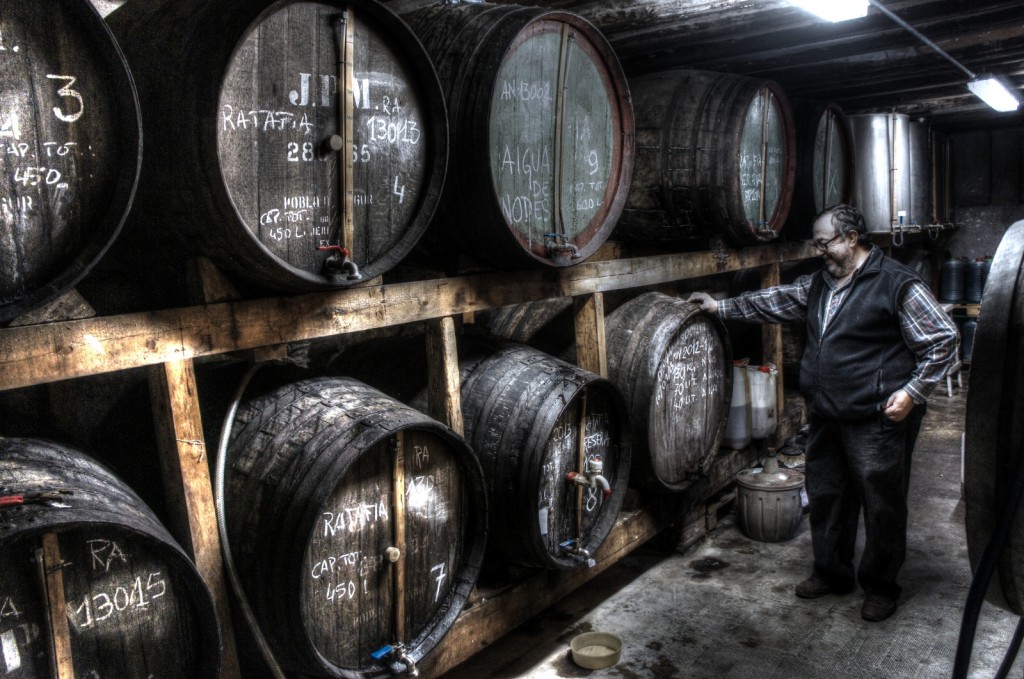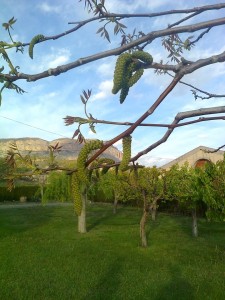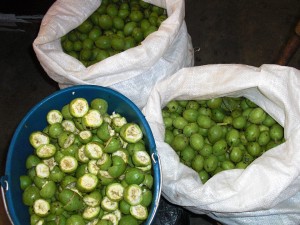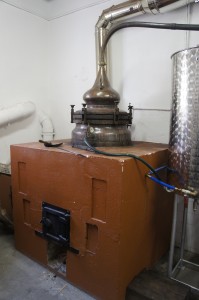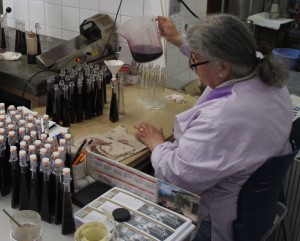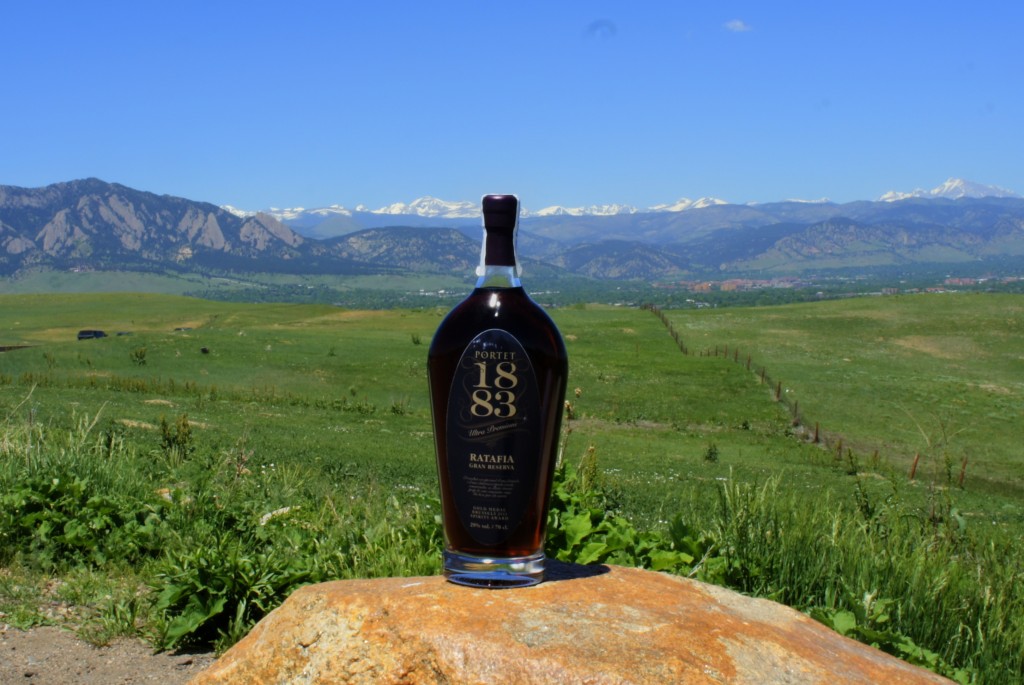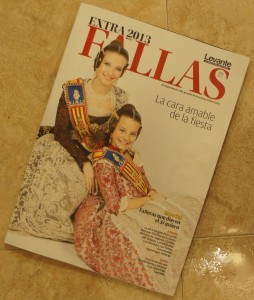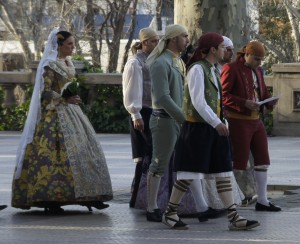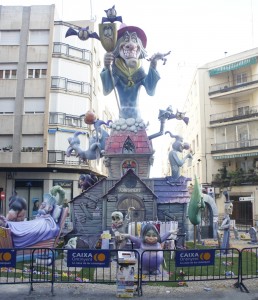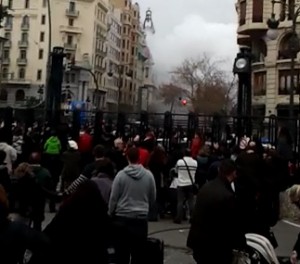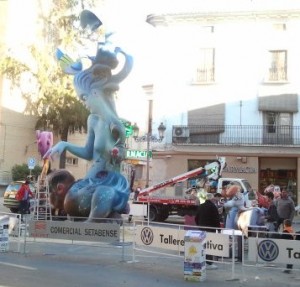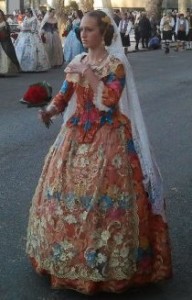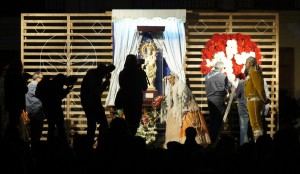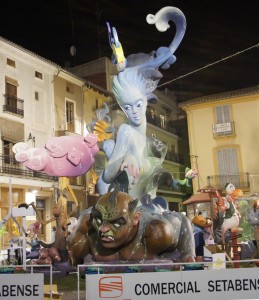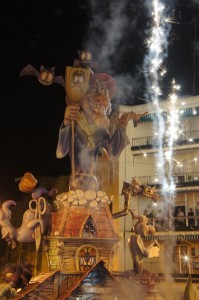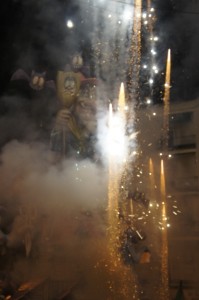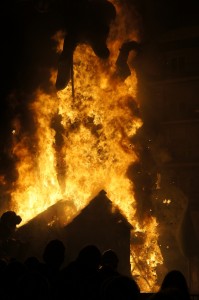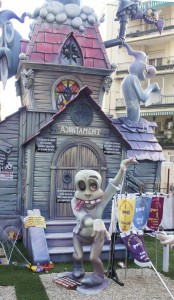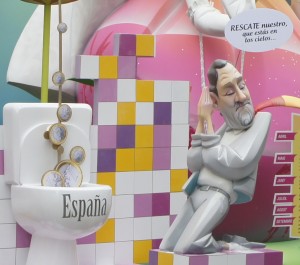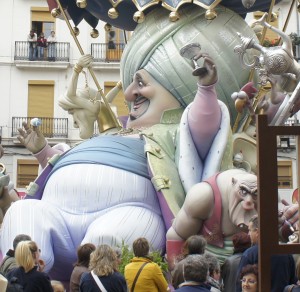During the summer of 2015 I had the incredible luck to visit China. This is a very brief overview of my time there.
(I apologize for the superficial nature of this overview. The few photos included are lower resolution, and the commentary is brief. As time allows, I will add a post with more photos and fuller stories for each featured part of the trip. As this progresses, I will add appropriate links from this page.)
北京
ARRIVAL IN BEIJING AND THE TRAIN TO XI’AN
Sadly, my very first impression of Beijing- even before I got off the plane, was seeing and smelling the thick, pervasive atmosphere of extremely polluted air. The sky was grey. Anyplace you looked was through the haze of dirty air.
I stayed overnight in a hotel in Beijing. My intent was to rest up a bit and travel to Xi’an by train and view the countryside, rather than arriving there by dropping out of the sky in an airplane.
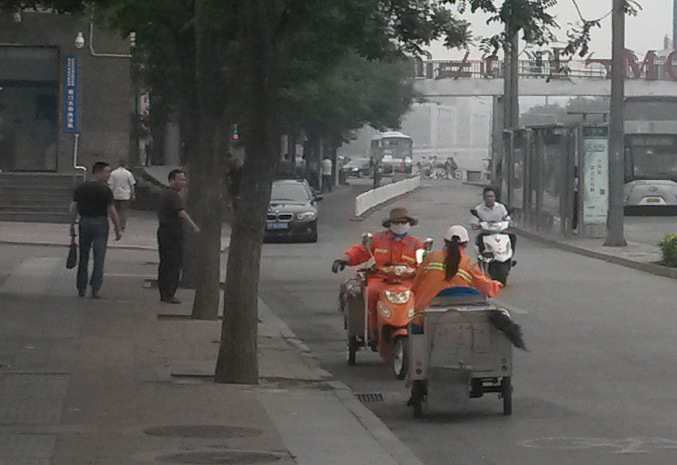
• Beijing: Temple of Heaven Park
The afternoon of my arrival, I did get a chance to wander a bit. A famous landmark in Beijing is the “Hall of Prayer for Good Harvest” that sits within the huge “Temple of Heaven” park.
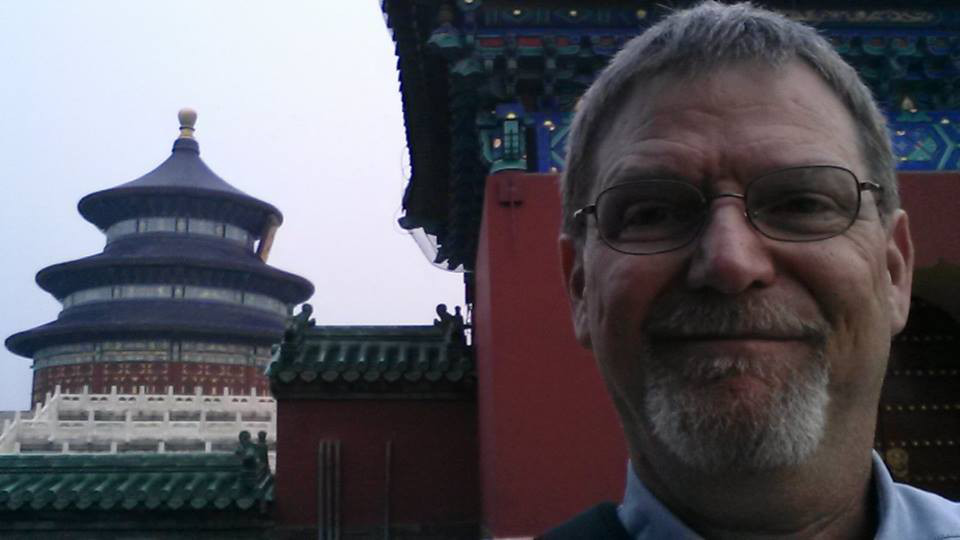
• Heading to Xi’an
My trip from Beijing to Xi’an was on a sleek high speed train. What fun! China has a rail system that includes commuter lines, dawdling intercity trains, overnight sleeper lines, and high speed lines (CRH – China Railway Highspeed). Perhaps one day we can learn from China, Spain, etc., and replace our antique, Amtrak, never-on-time rail system, with a public rail system that can efficiently get passengers from one city to another.
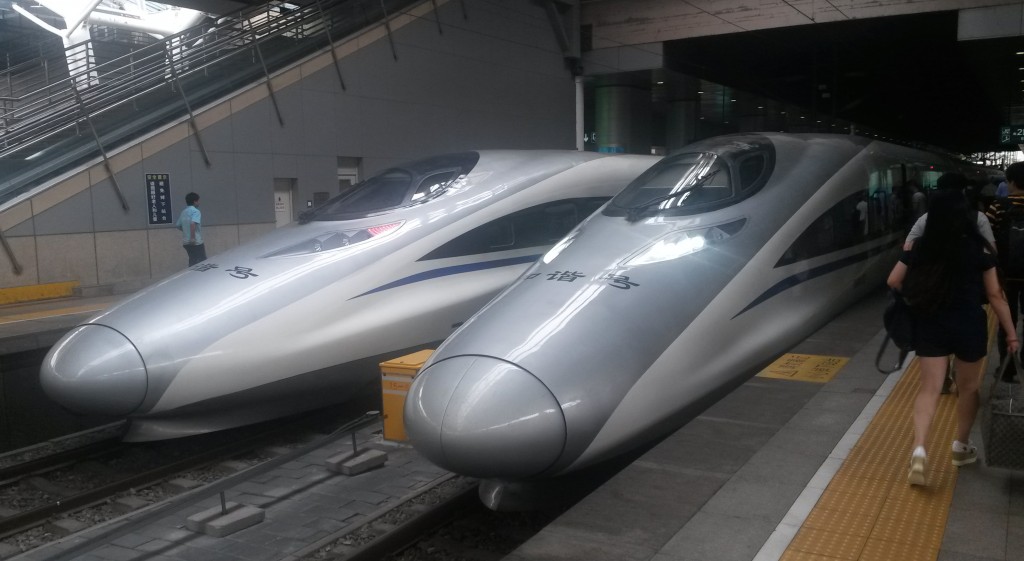
西安
A MONTH IN XI’AN
XI’AN JIAOTONG UNIVERSITY
My trip to China was to teach at an intensive summer English program at the prestigious Xi’an Jiaotong University. The program encompassed the entire class of students finishing their freshman year. At the end of the program I did some independent travel around the country.
• The Campus
• In the classroom
EXCURSIONS
Three Saturdays in the middle of the program the university provided cultural excursions to various sites in and around Xi’an. The city is a treasure trove of history, and had been the country’s capital during the rule of many imperial dynasties.
• Xi’an’s Grand Mosque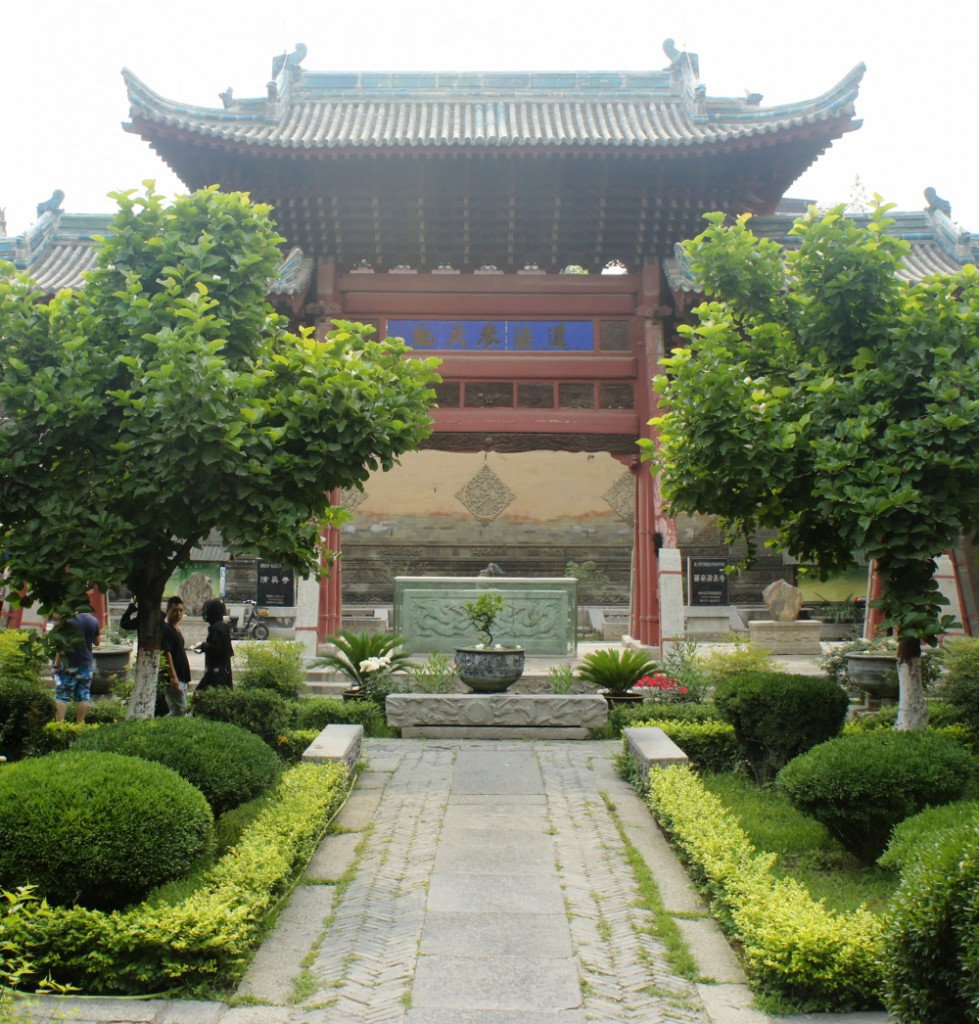
• The City Wall of Xi’an
• The Shaanzi History Museum
• The Great Wild Goose Pagoda
During the seventh century, the Chinese Buddhist monk Xuanzang traveled to India where he studied. He collected a vast trove of Buddhist scripture and transported them back to China. In Xi’an, in the Great Wild Goose Pagoda, he and his assistants translated the books into Chinese.
• The Terracotta Army
• Imperial Tombs
• Xuaqing Hot Spring
OUT AND ABOUT IN XI’AN
SAYING GOODBYE TO XI’AN
丽江
LIJIANG
After the program was finished, I headed out for a brief tour of sites in China. For the first four stops, I traveled with Marlene Miyamoto, a colleague from the summer English program.
After saying goodbye to Xi’an, we boarded a plane and traded that smoggy city of 9 million for the clear blue skies of Lijiang, in Yunnan province. We were on our way, geographically and climbing in elevation, to Tibet.
香格里拉
SHANGRI-LA
After an enjoyable stay in LIjiang, we boarded a bus and continued our journey, heading westward and climbing in elevation. We crossed over the Yangzi (Yangtze) river and with each passing kilometer the architectural styles and road signs showed an increasing tendency toward the Tibetan culture.
ལྷ་ས
LHASA
Visiting Tibet was the fulfillment of a dream from my youth. It was amazing. At an elevation of twelve thousand feet (3,656 meters), I frequently suffered from shortness of breath, and needed to pace myself. No matter- it is a place for contemplation, not for hurry.
成都
CHENGDU
This city is the capital of the Sichuan (Szechuan) province. We enjoyed our stay there, but should have stayed several more days to better appreciate it. The food there was fabulous (of course!), and the province is famous for the Giant Pandas. Near the city is a famous research and breeding center for these animals.
桂林
GUILIN AND THE LI RIVER
After Chengdu, Marlene and I headed in separate directions. I continued on toward the southeast, going to the city of Guilin.
武汉
WUHAN
Straddling the Yangzi (Yangtse) river, this town was recommended to me by a friend who had taught English there.
承德
CHENGDE
Chengde, is situated in Hebei province north of Beijing. It is famous for the “Mountain Resort”, a vast park that was the summer residence of the Qing emperors. “Sure”, a student from my classes in Xi’an, was from the city. He invited me to take a bus to the city and kindly acted as my guide.
北京
BEIJING AGAIN
Back in Beijing I made an excursion to the Great Wall. I also went to Tiananmen and the gates of the “Forbidden City”. Finally, what trip to the capital would be complete without a meal of “Peking Duck”?

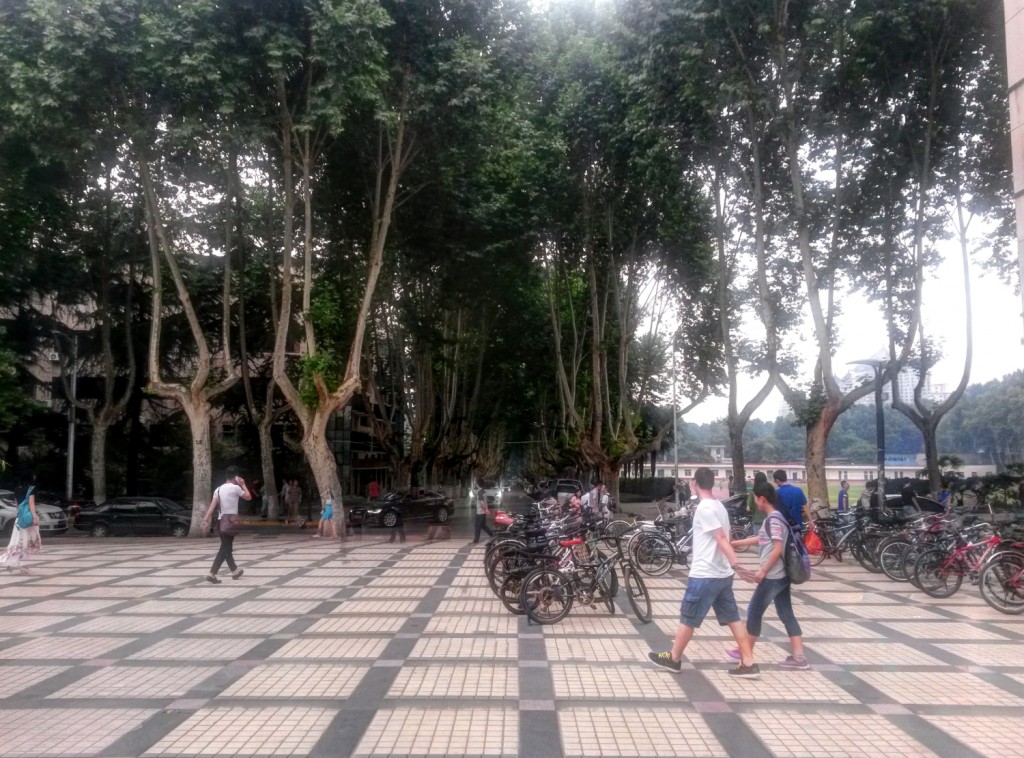
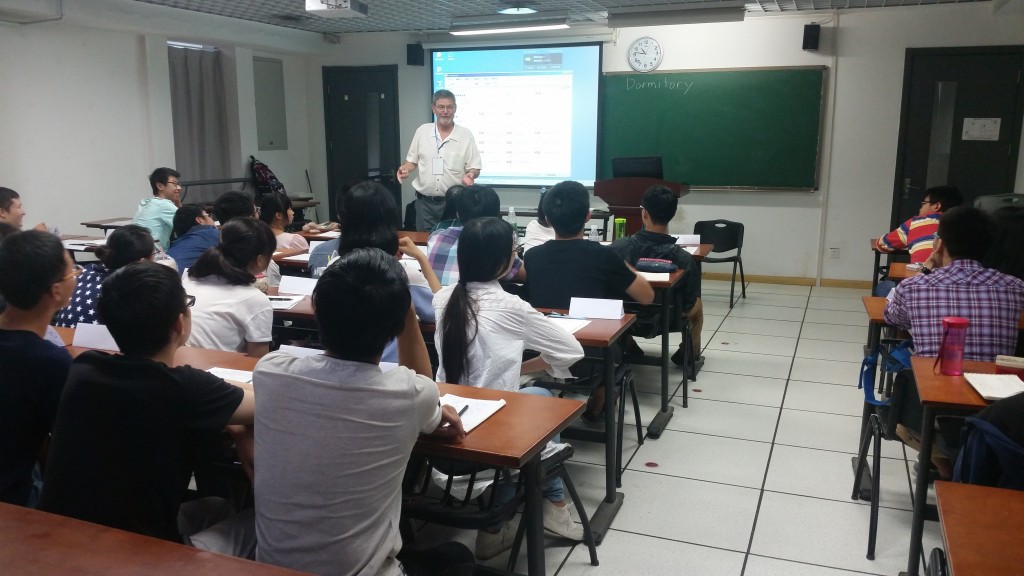
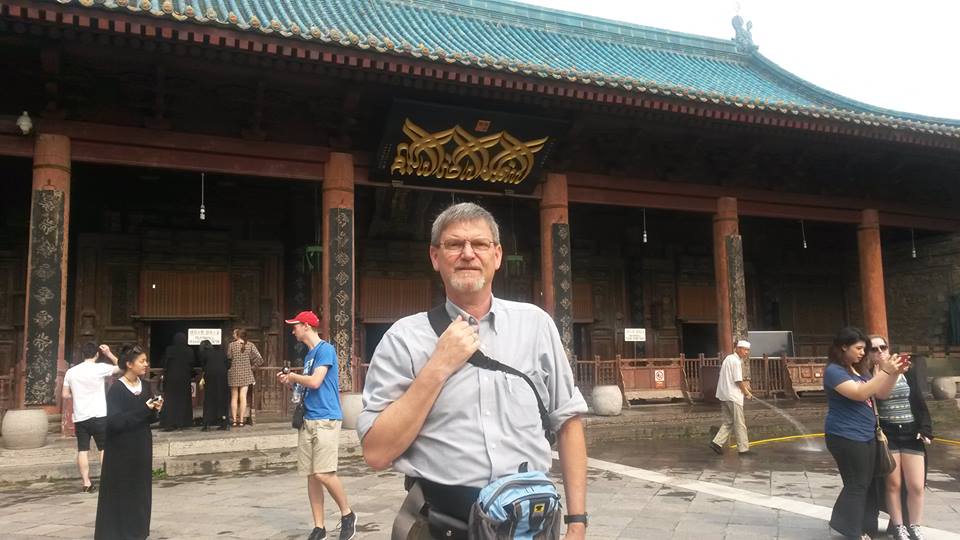
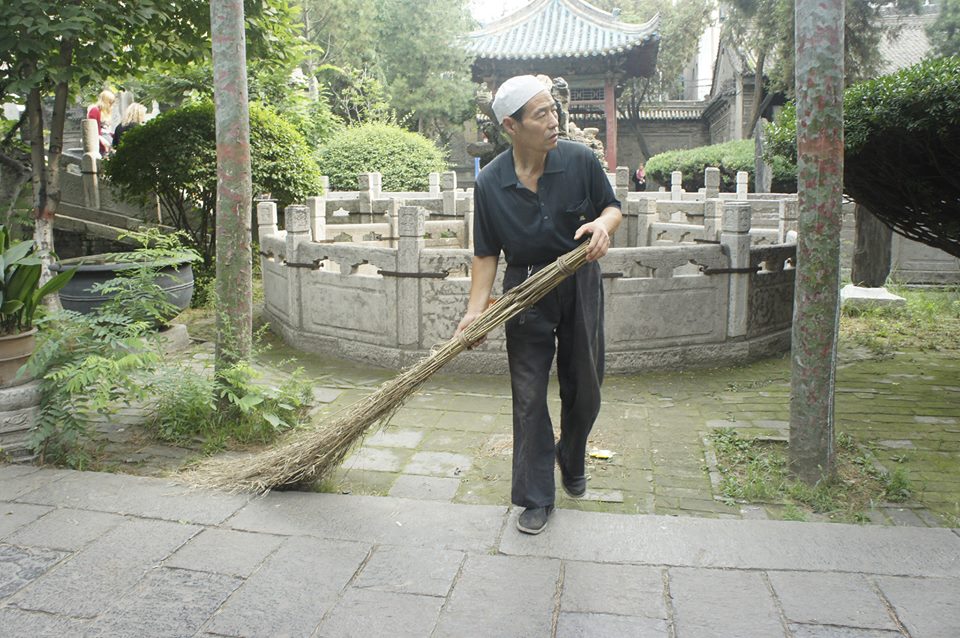
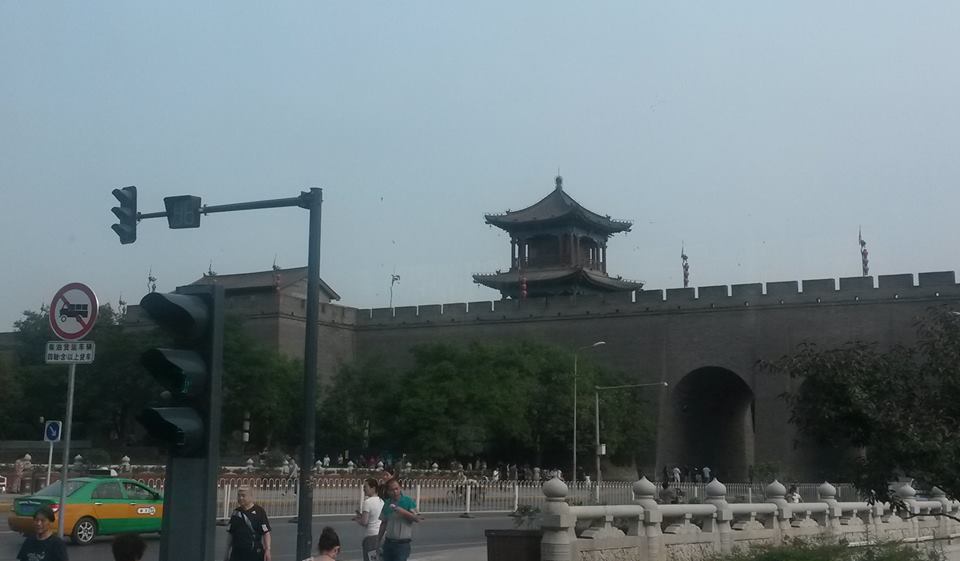
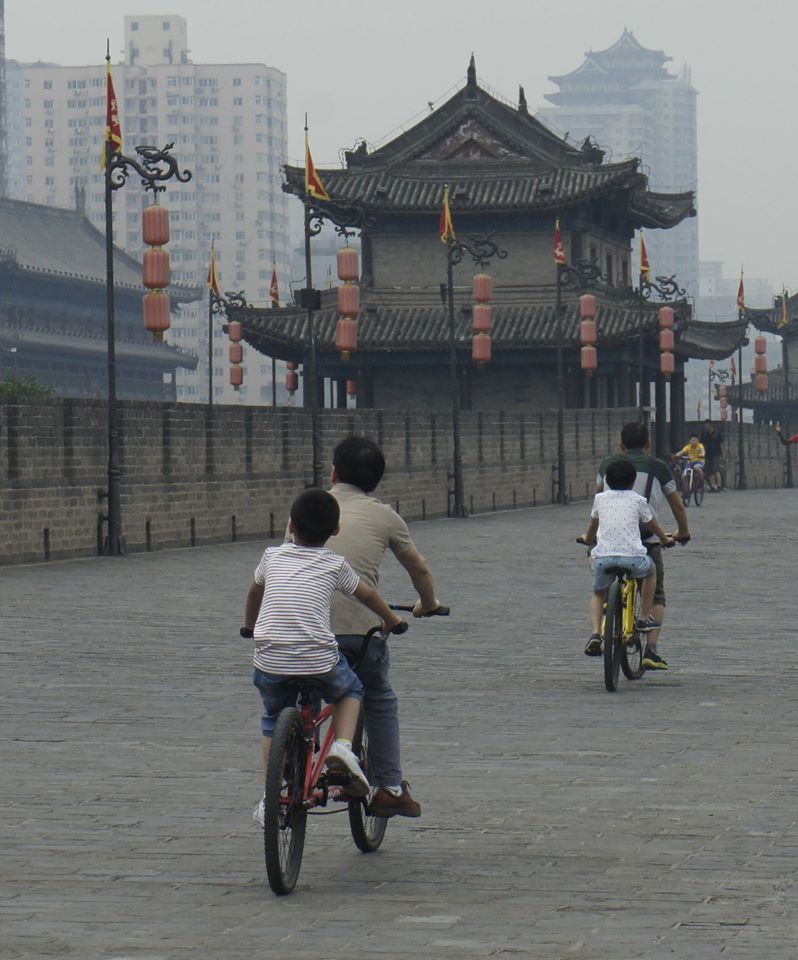
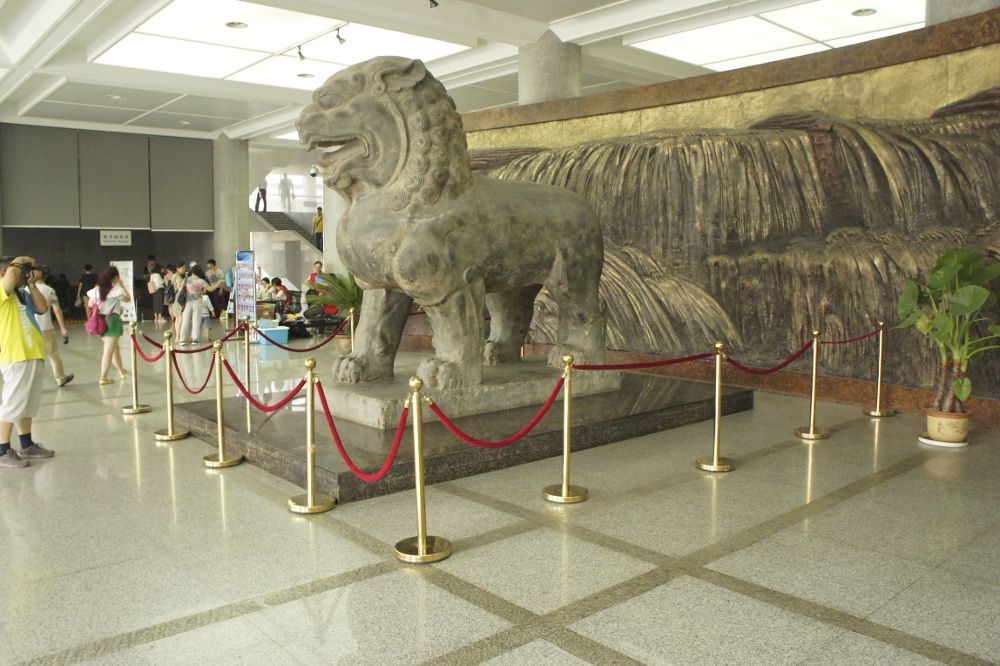
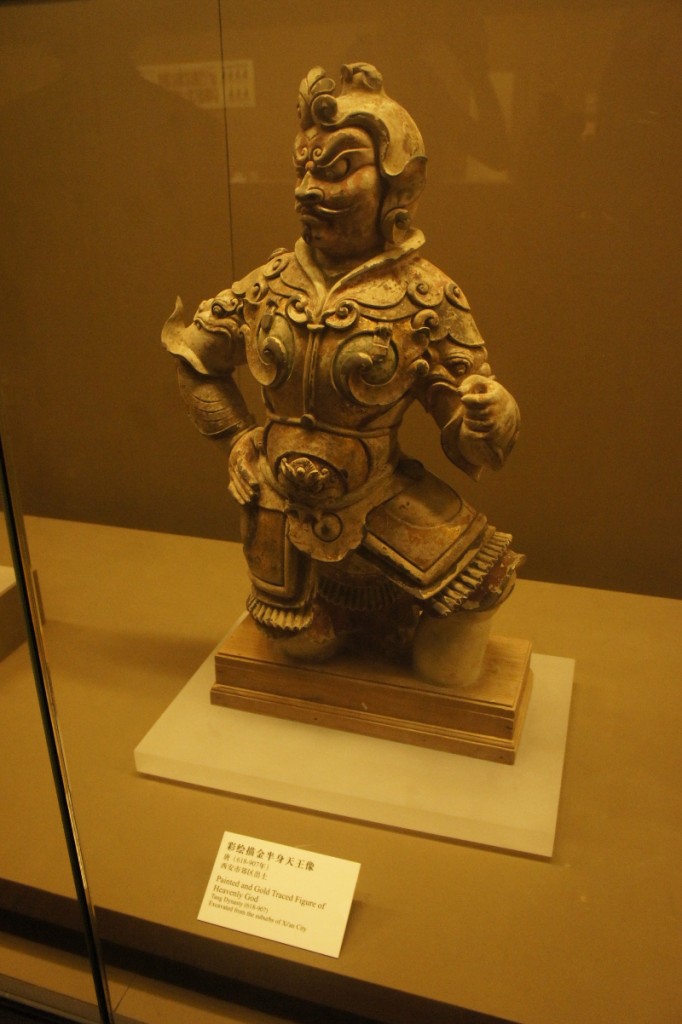
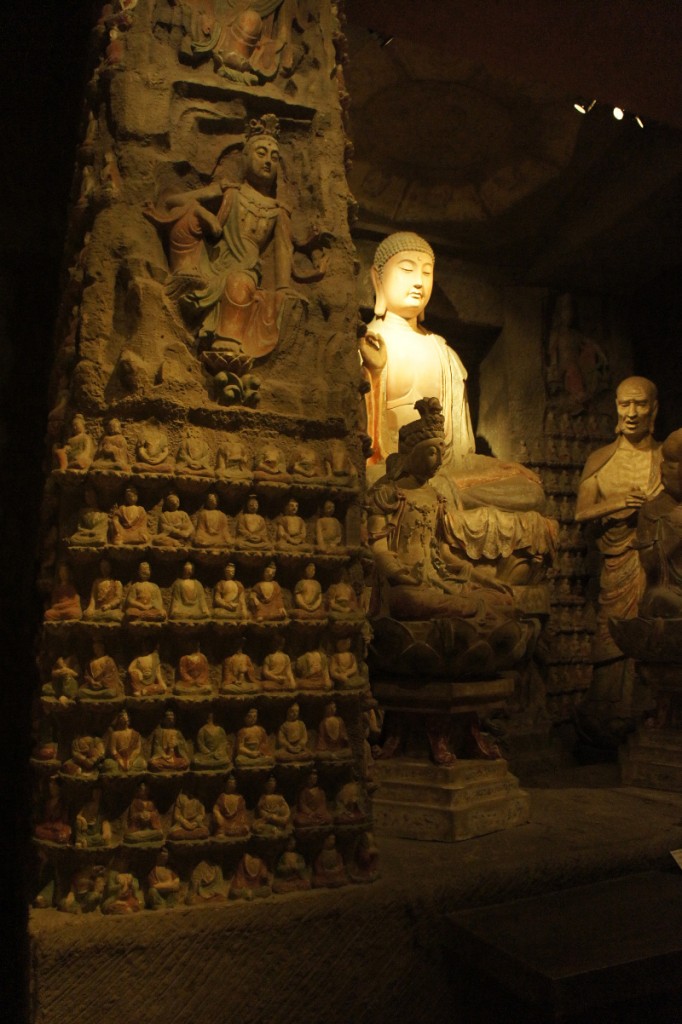
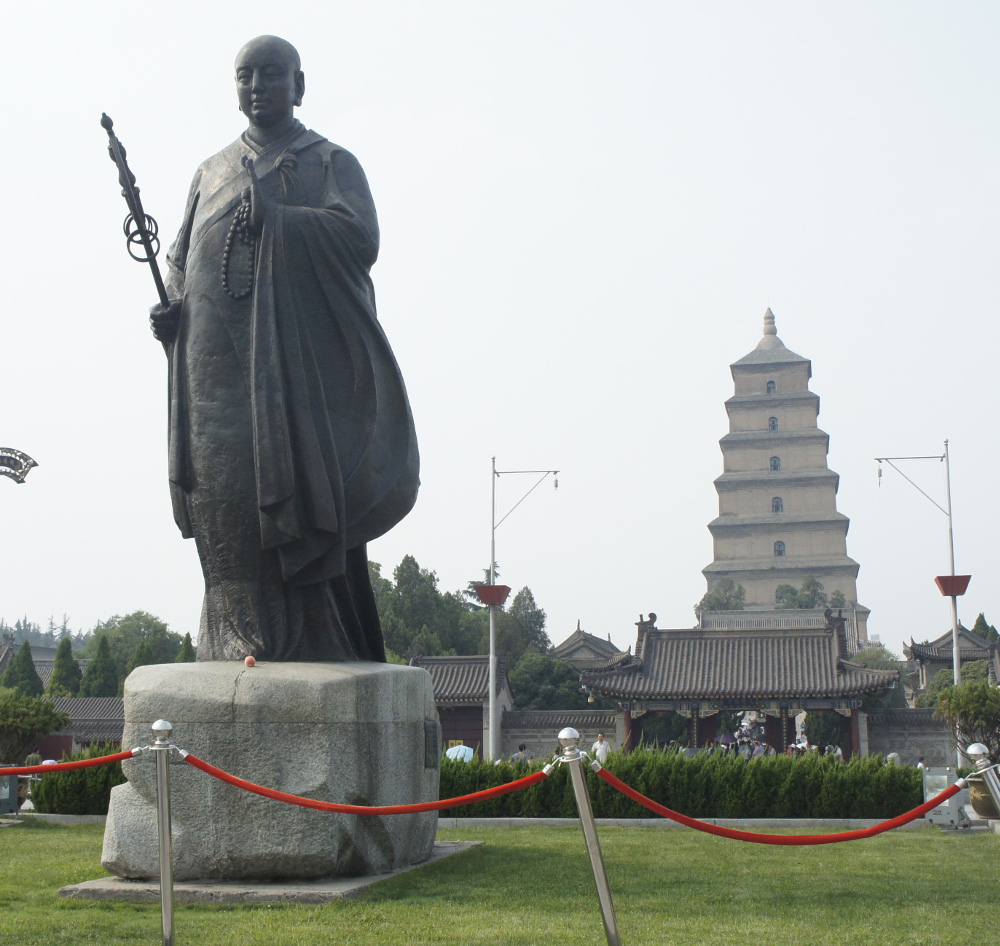
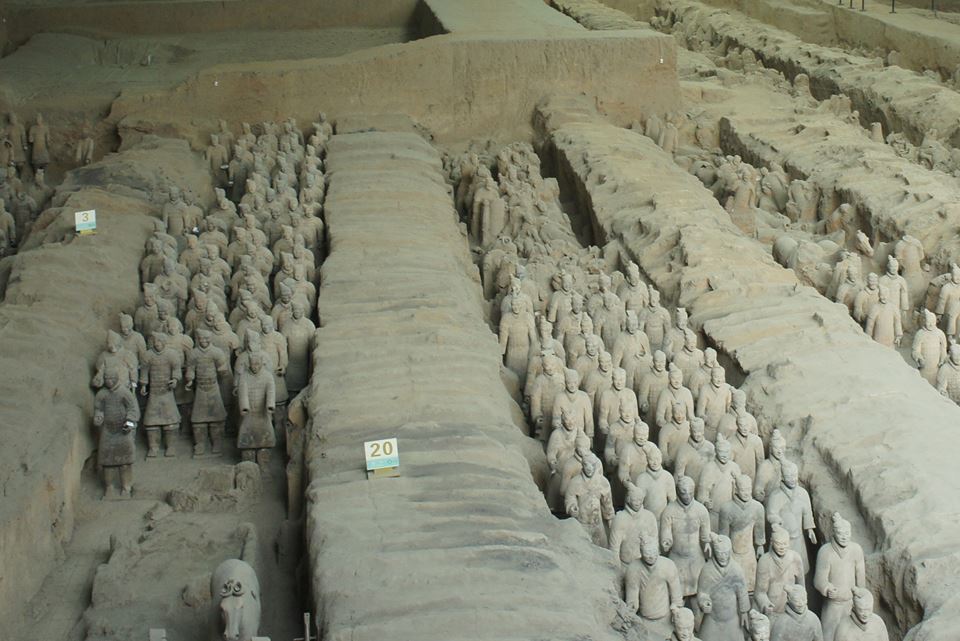
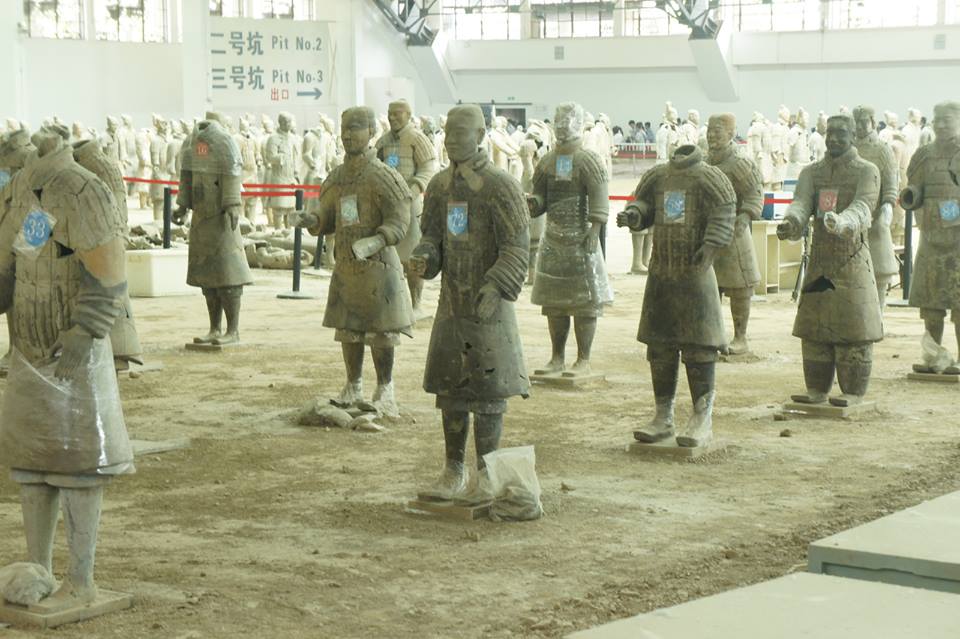
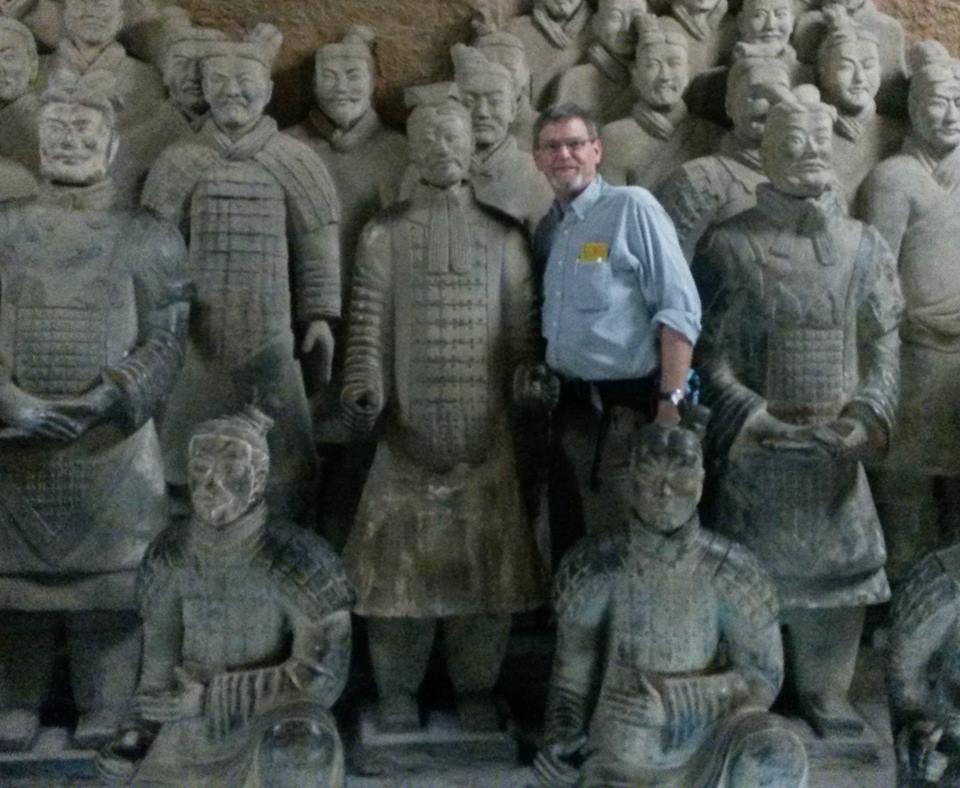
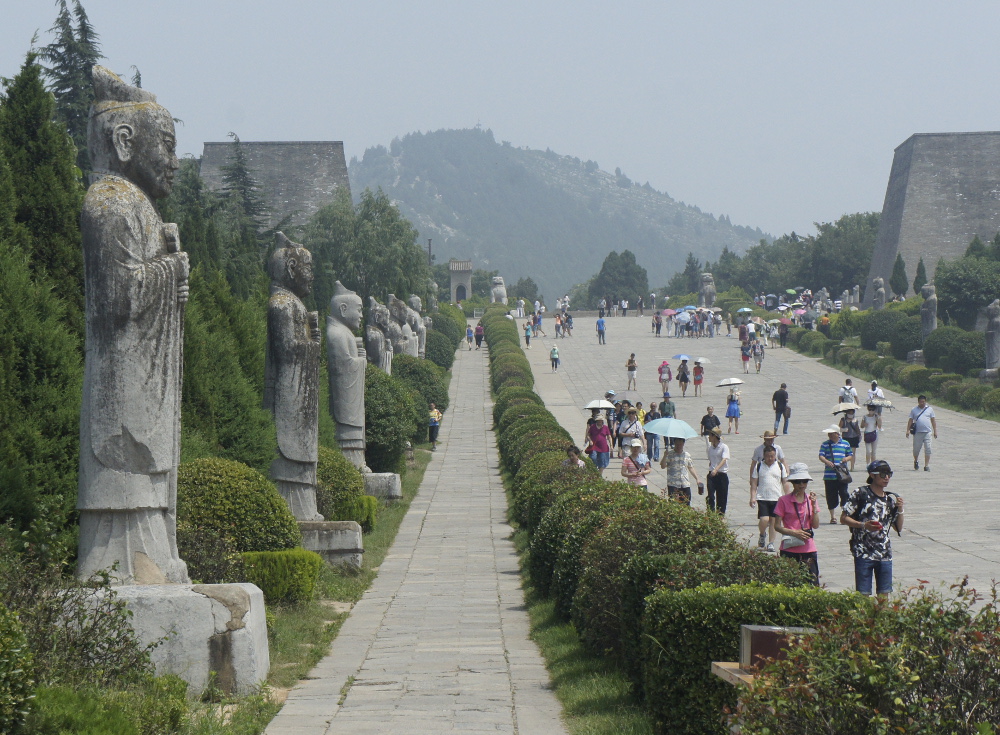
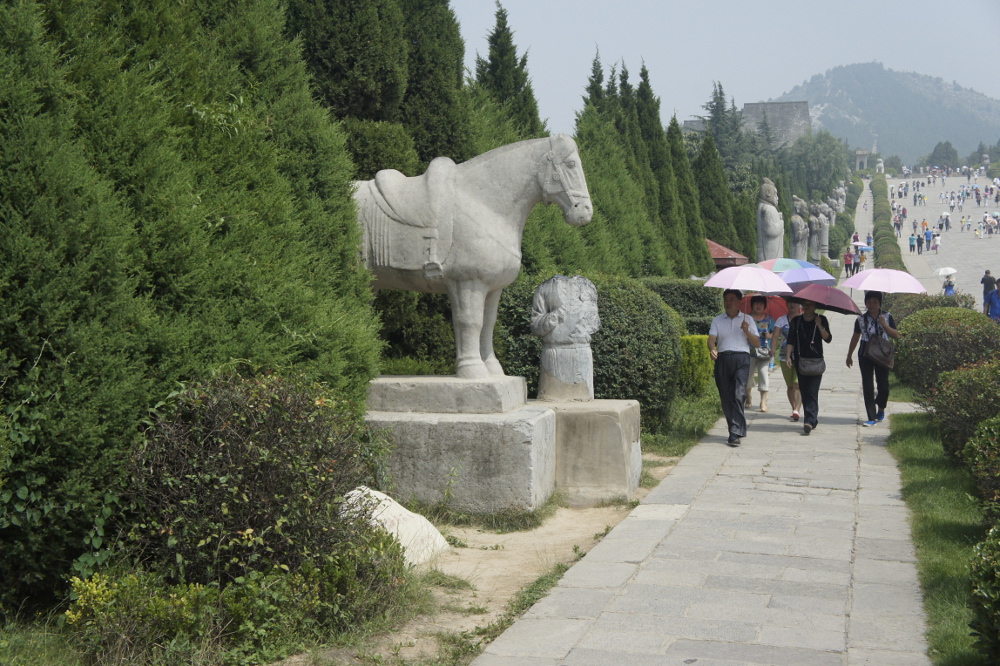
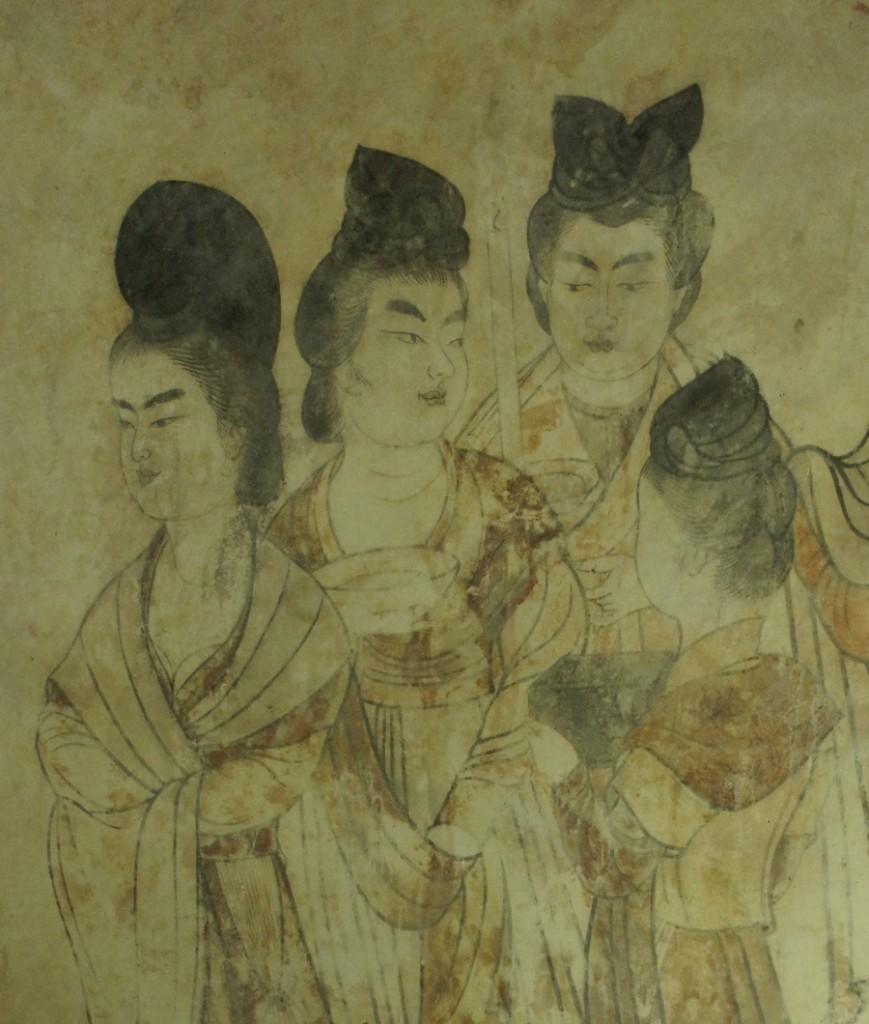
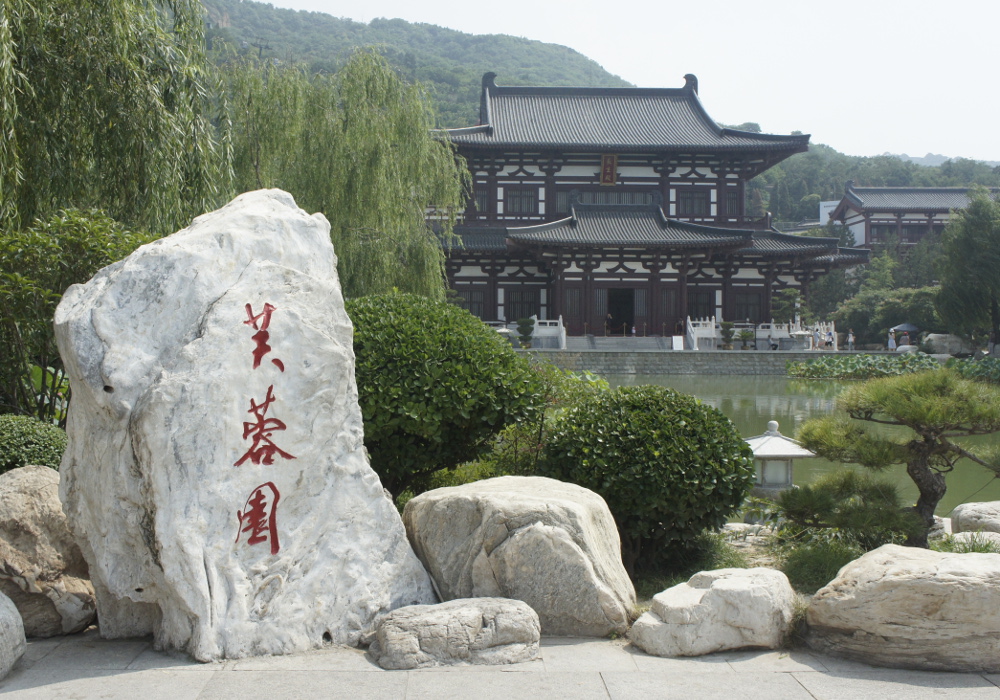
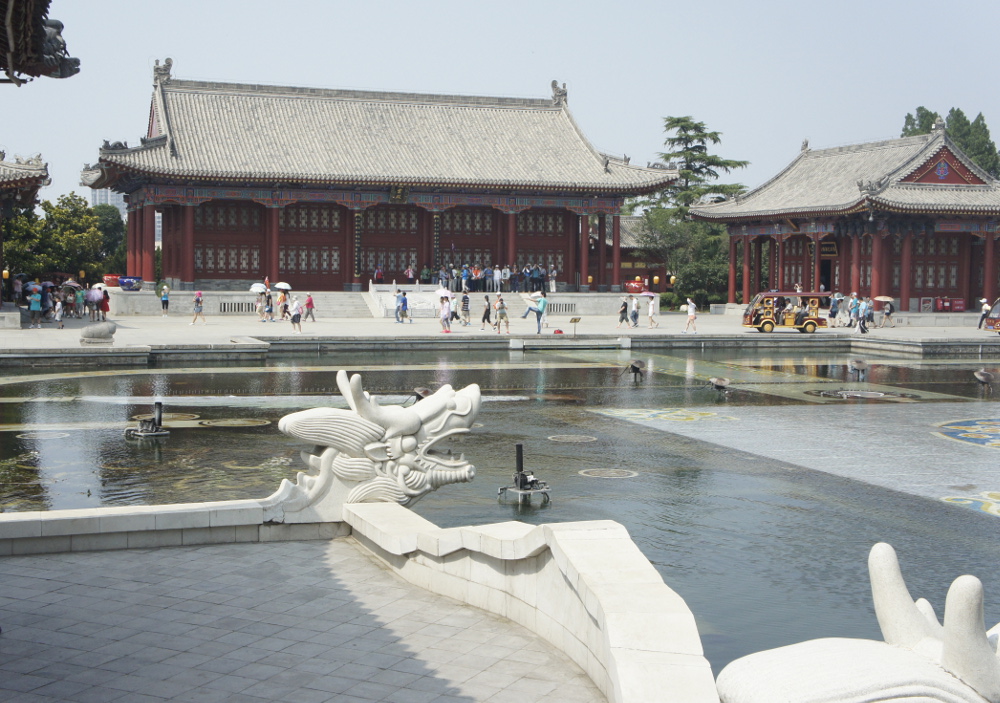
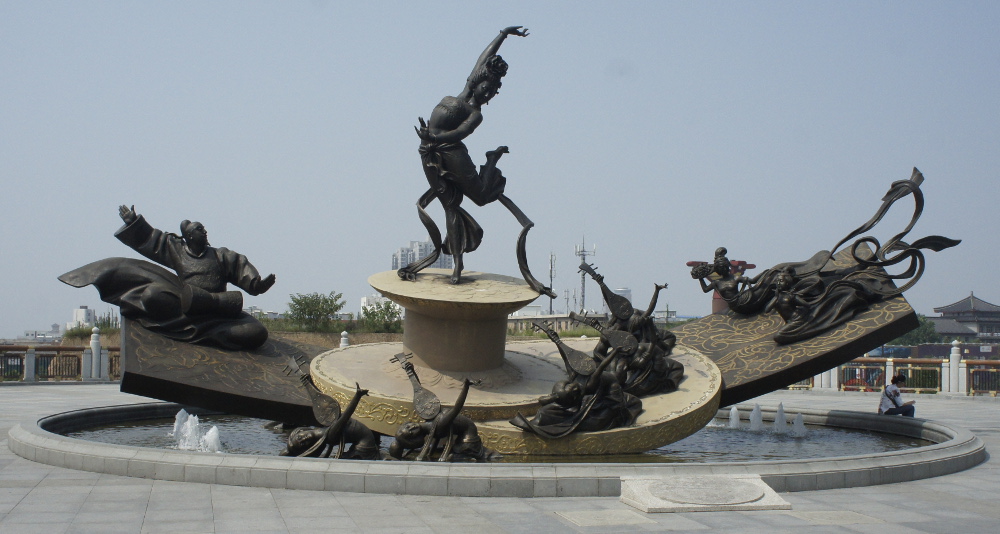
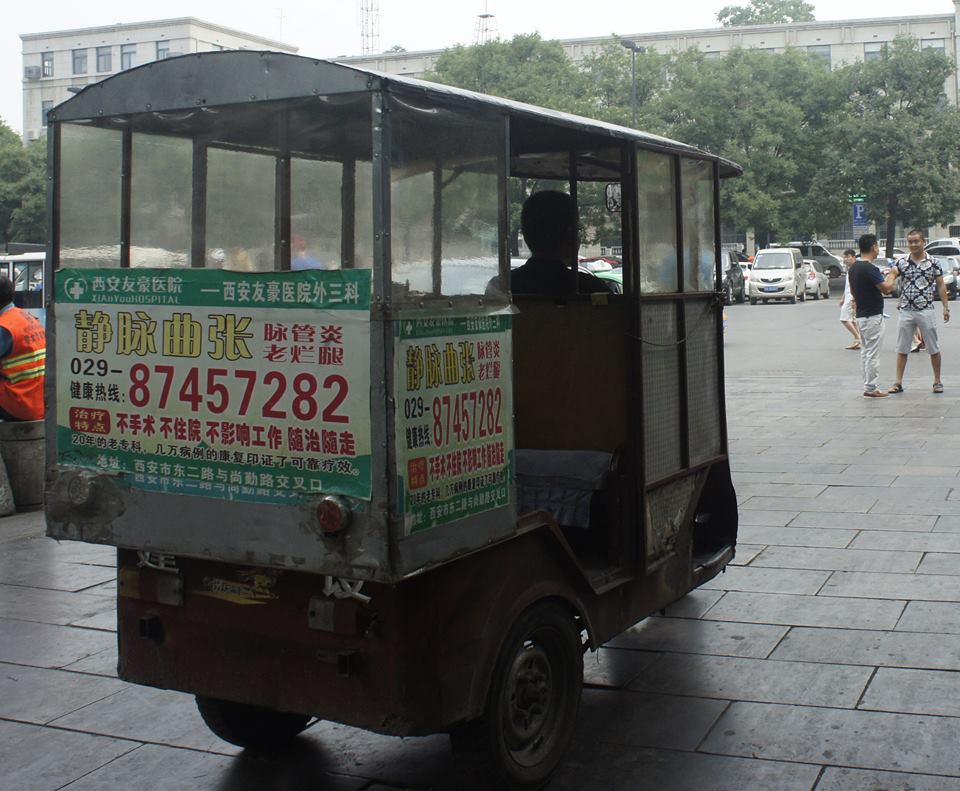
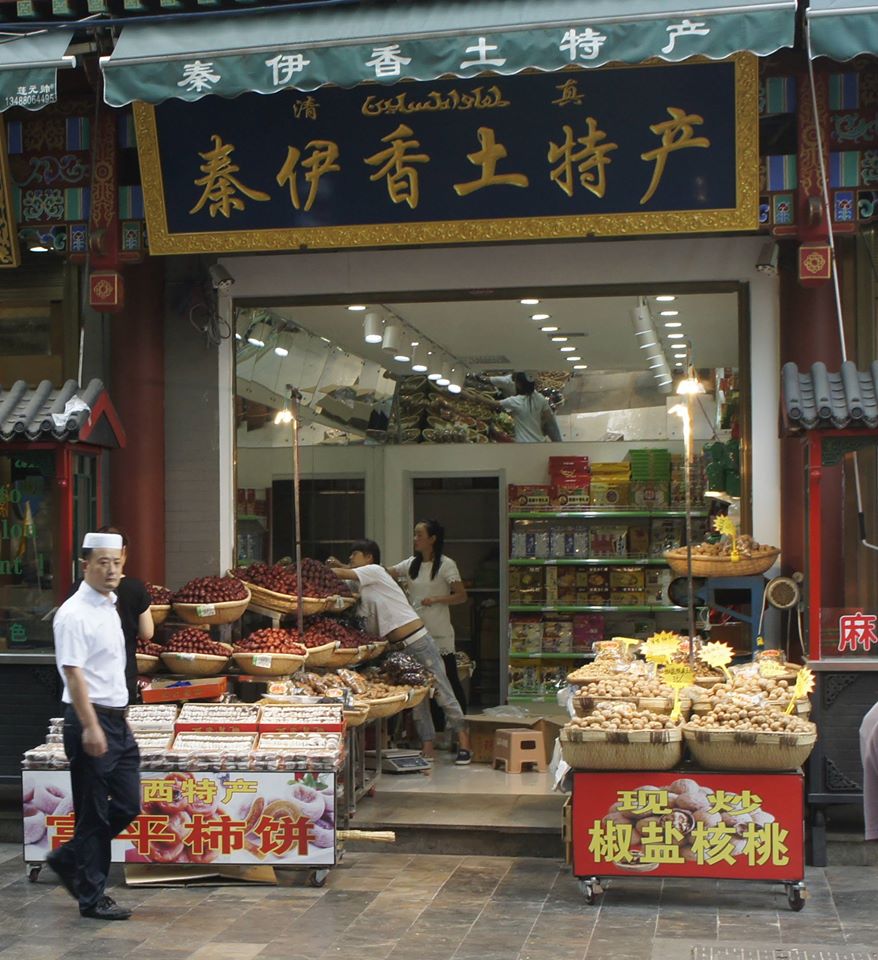
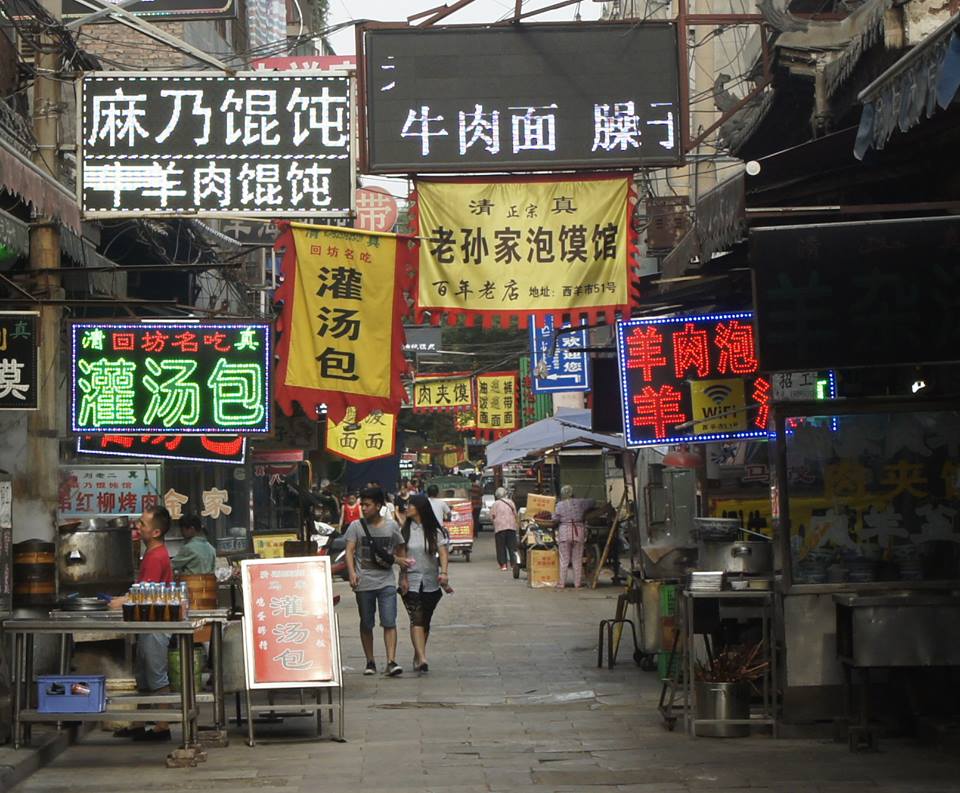
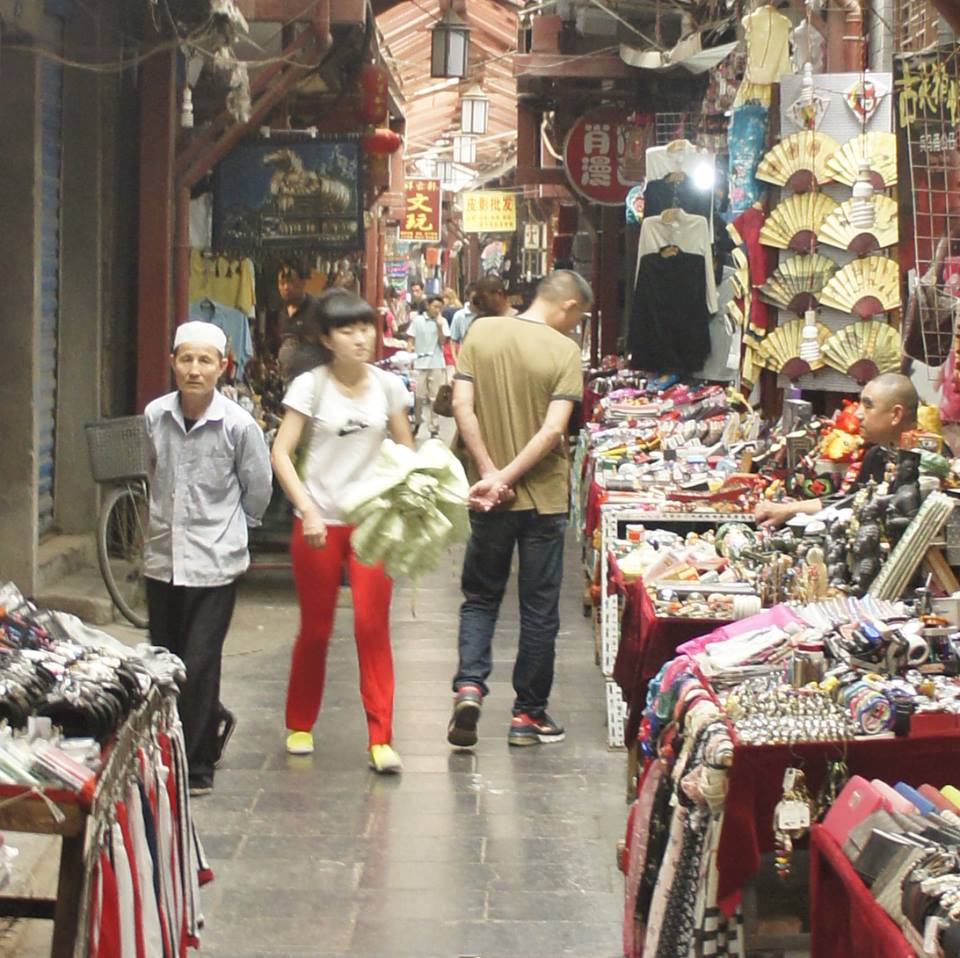
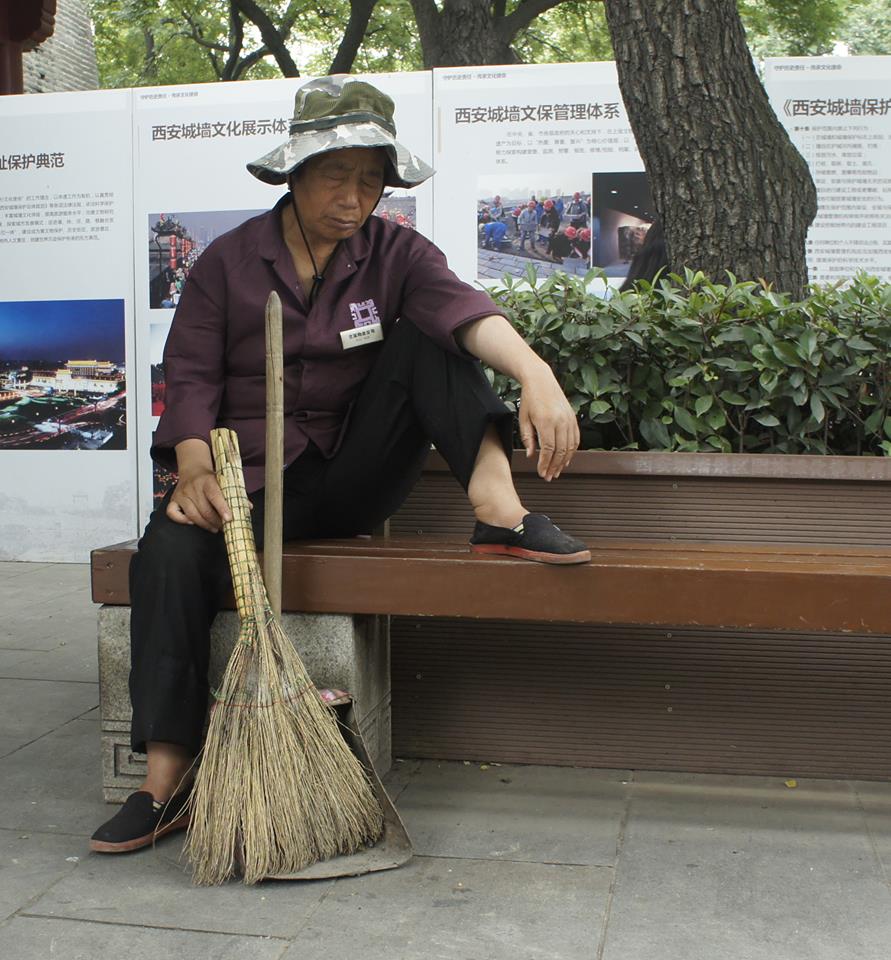
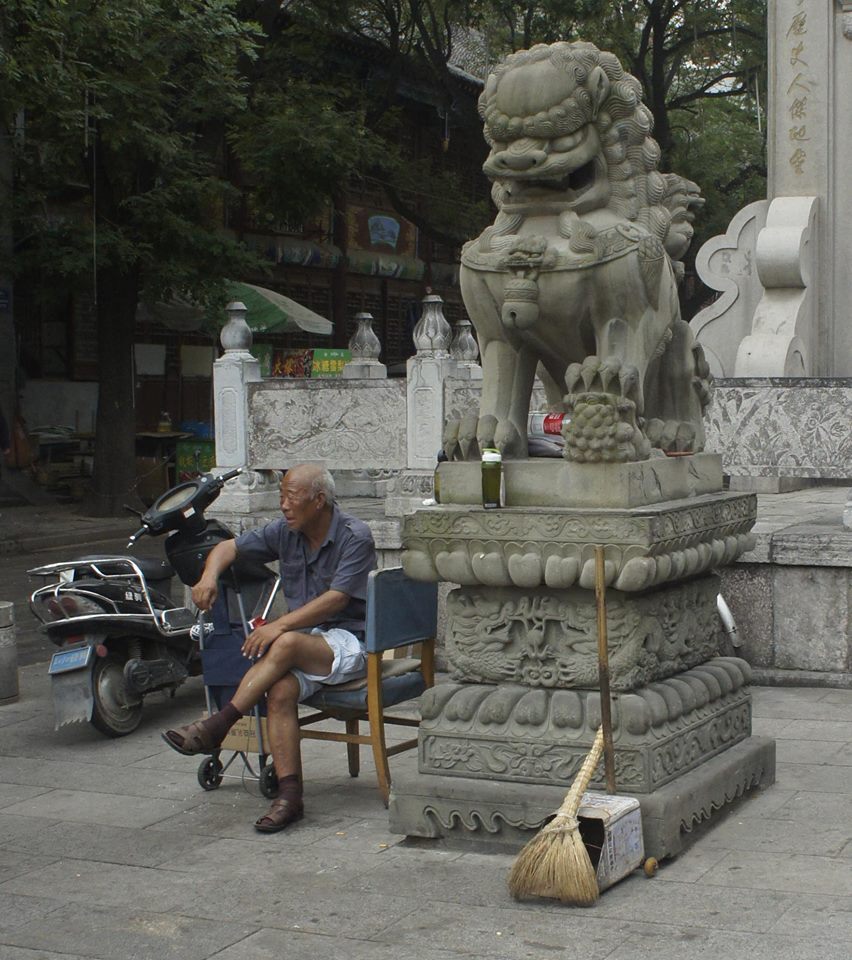
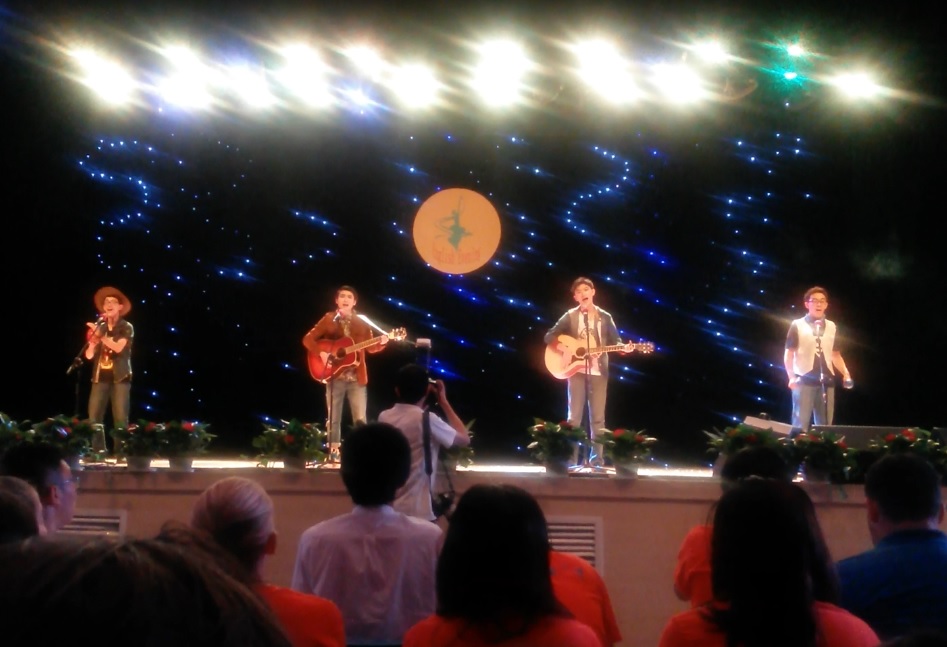

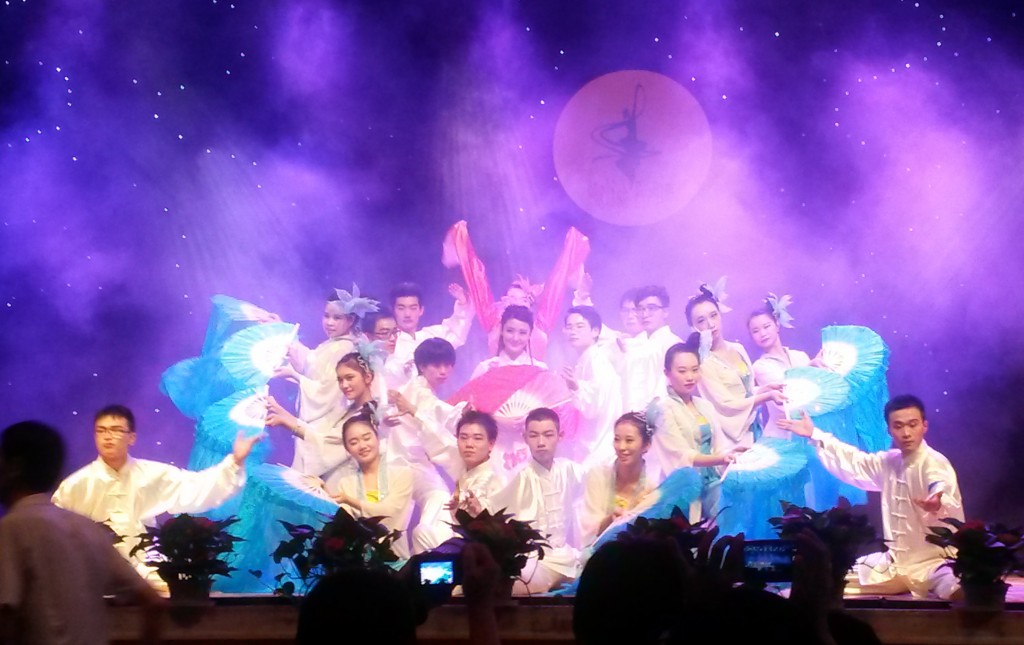
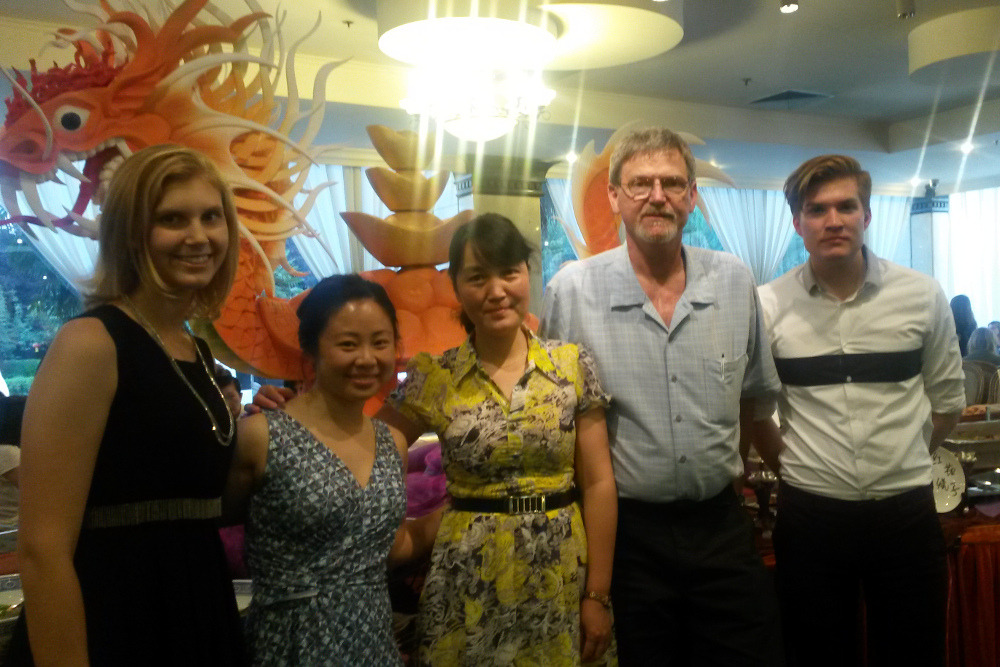
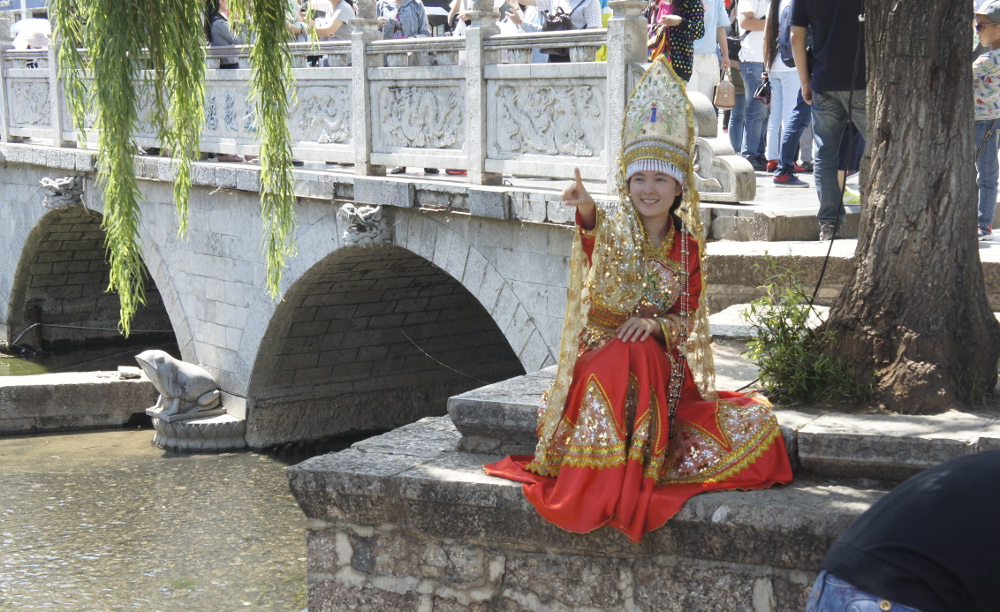
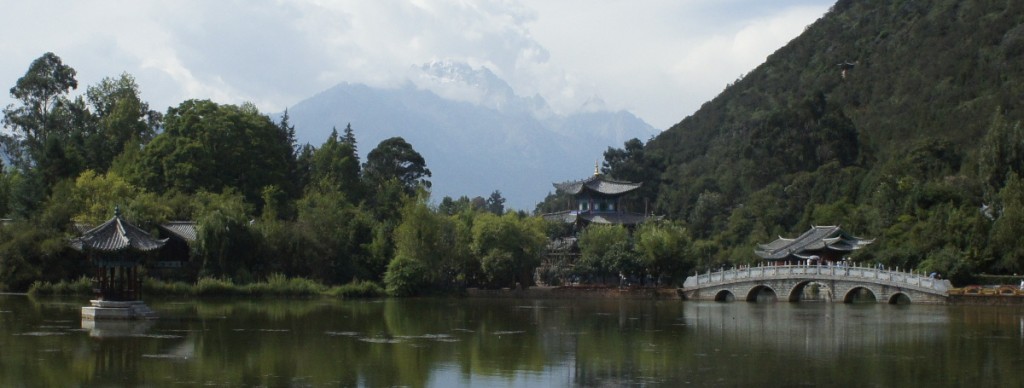
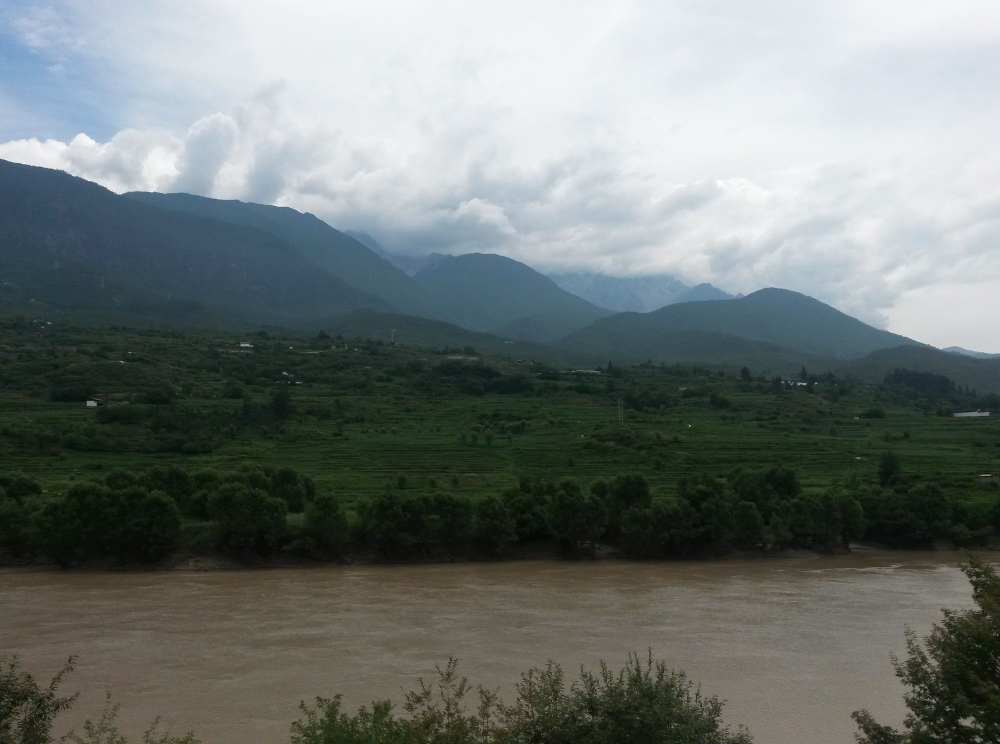
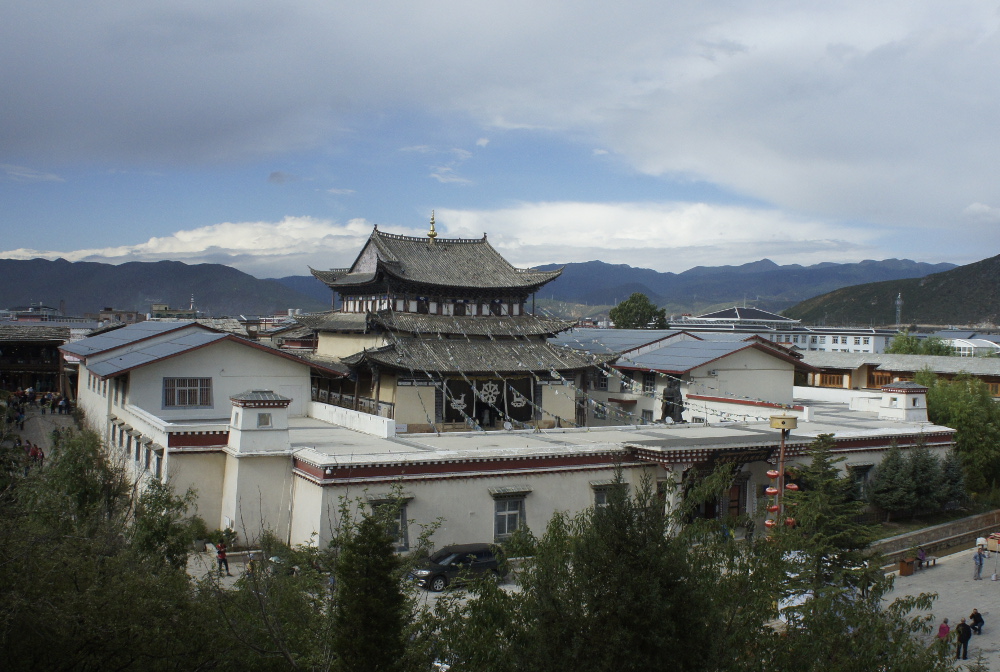
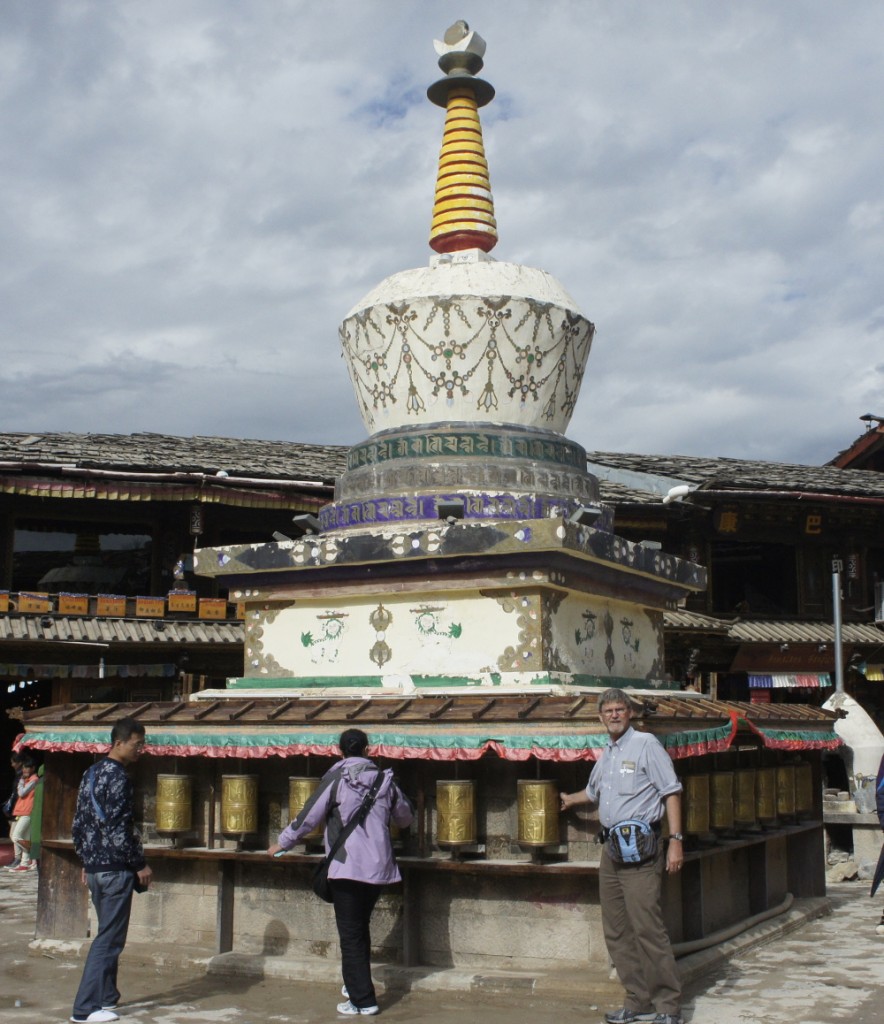
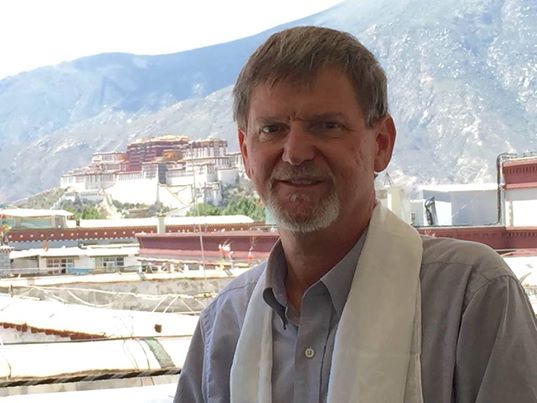
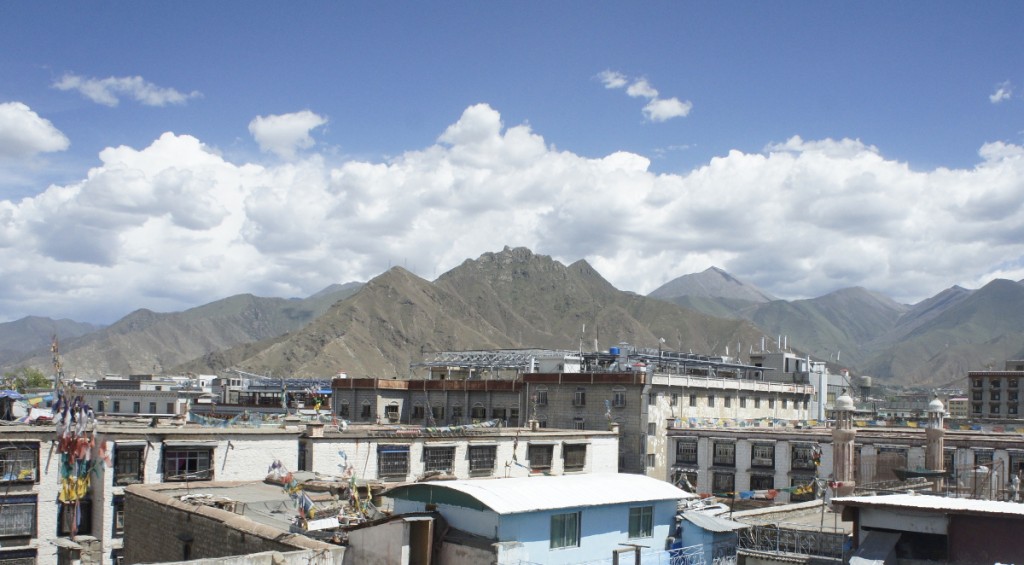
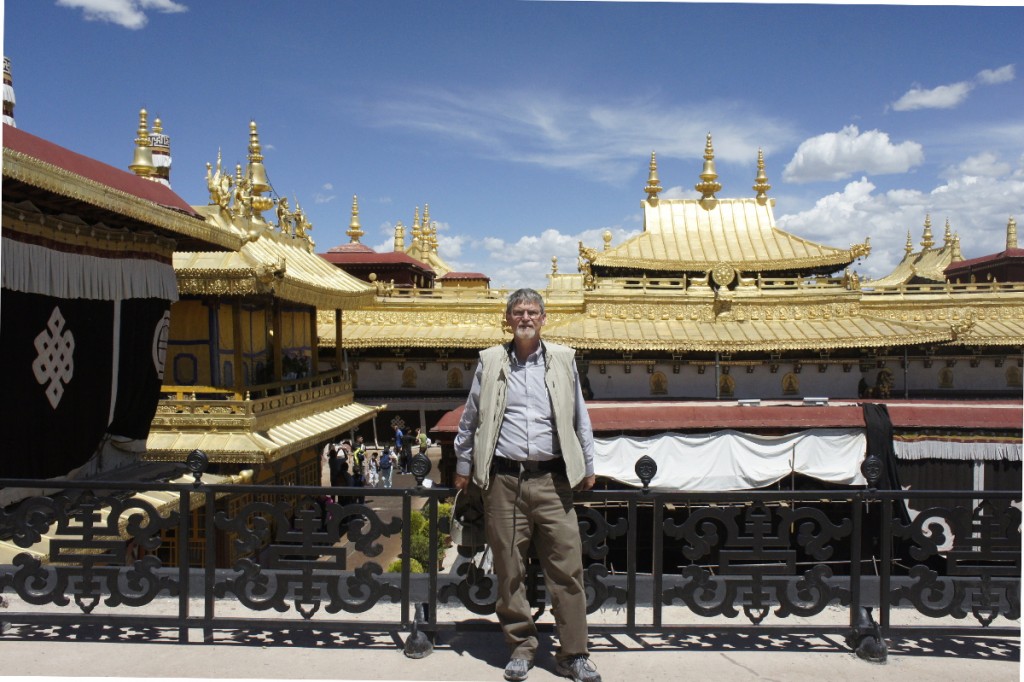
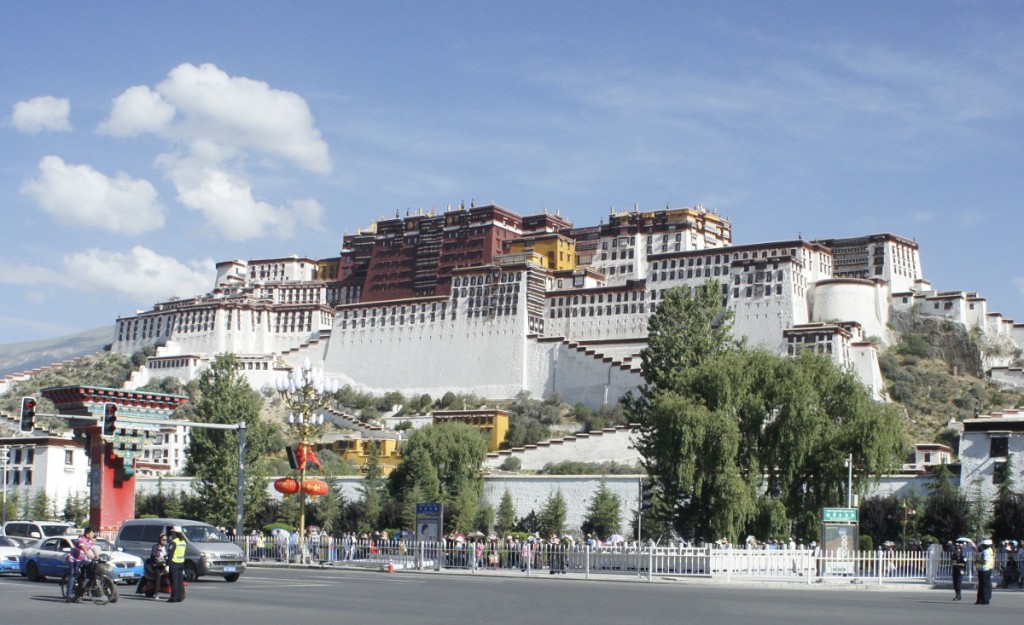
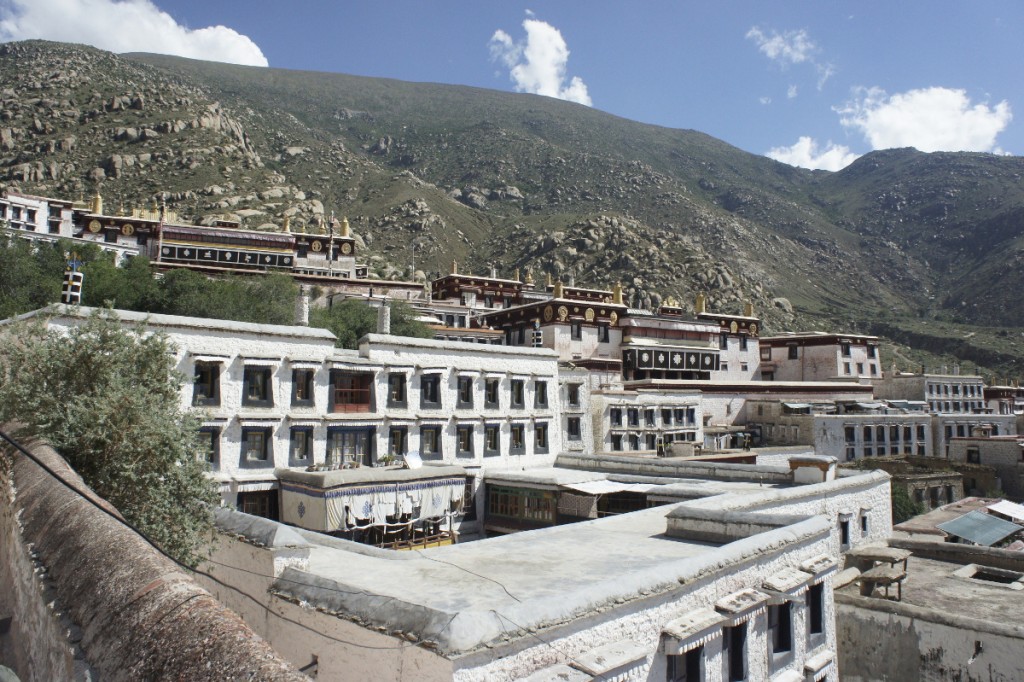
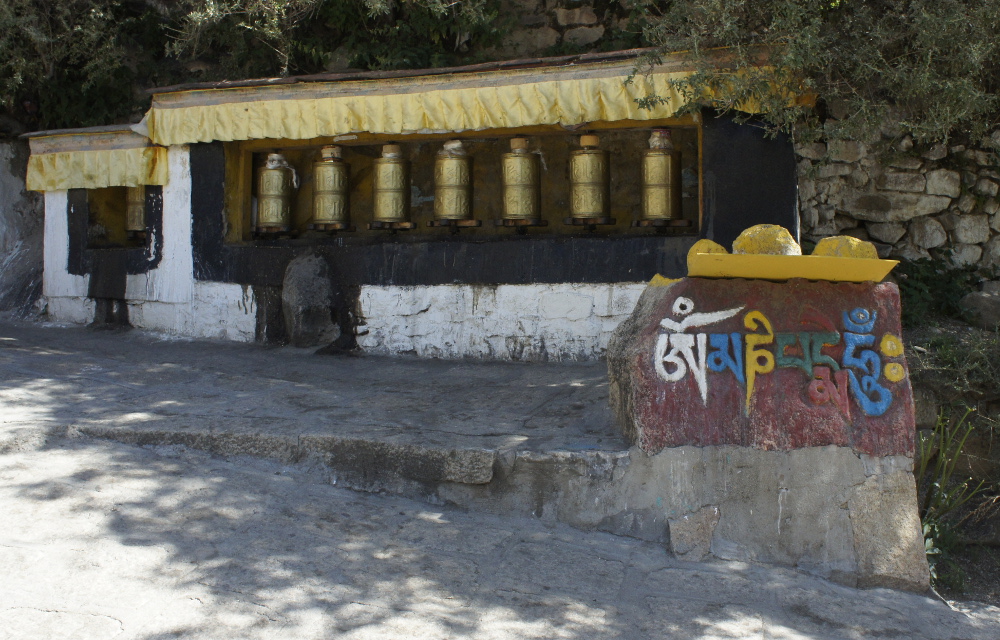
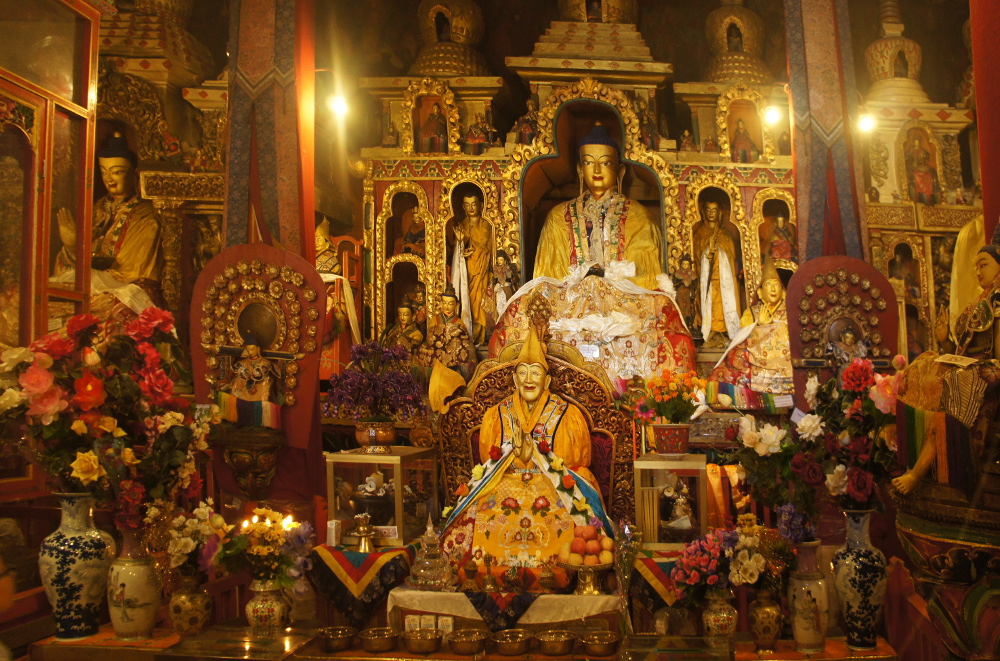
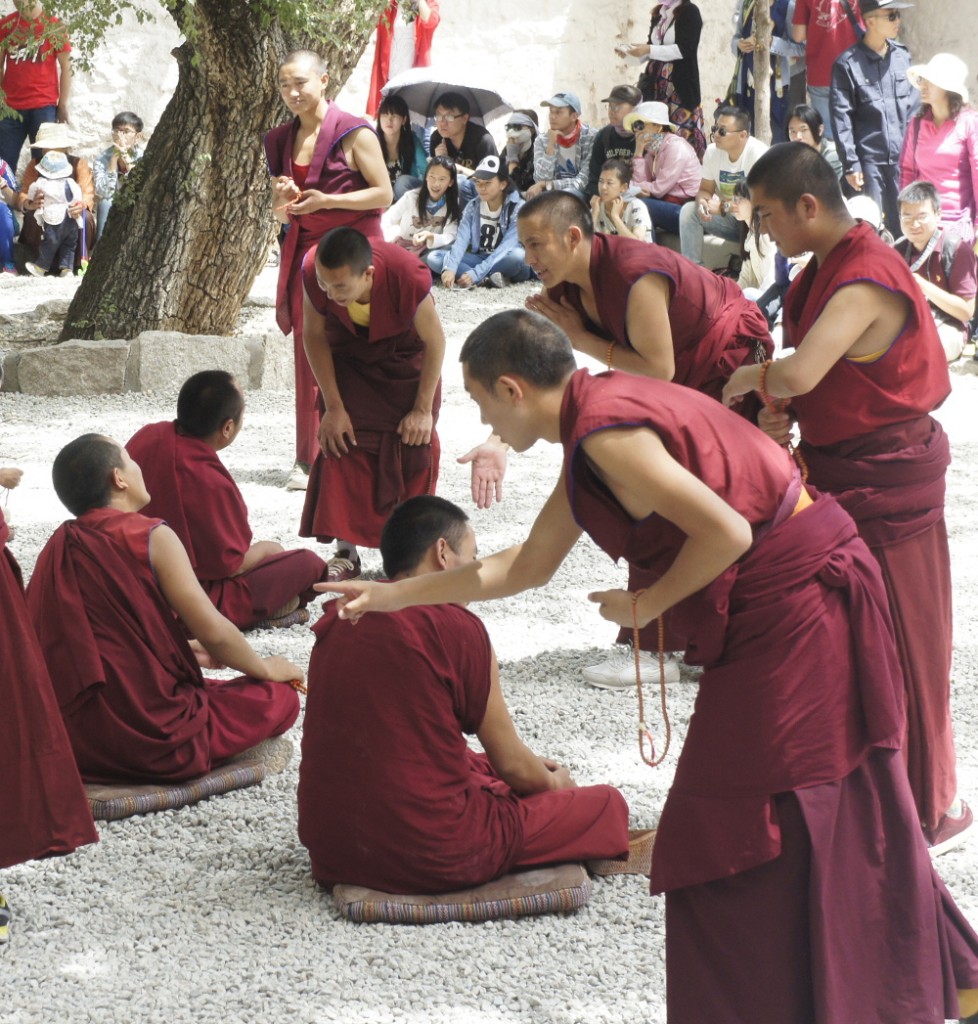
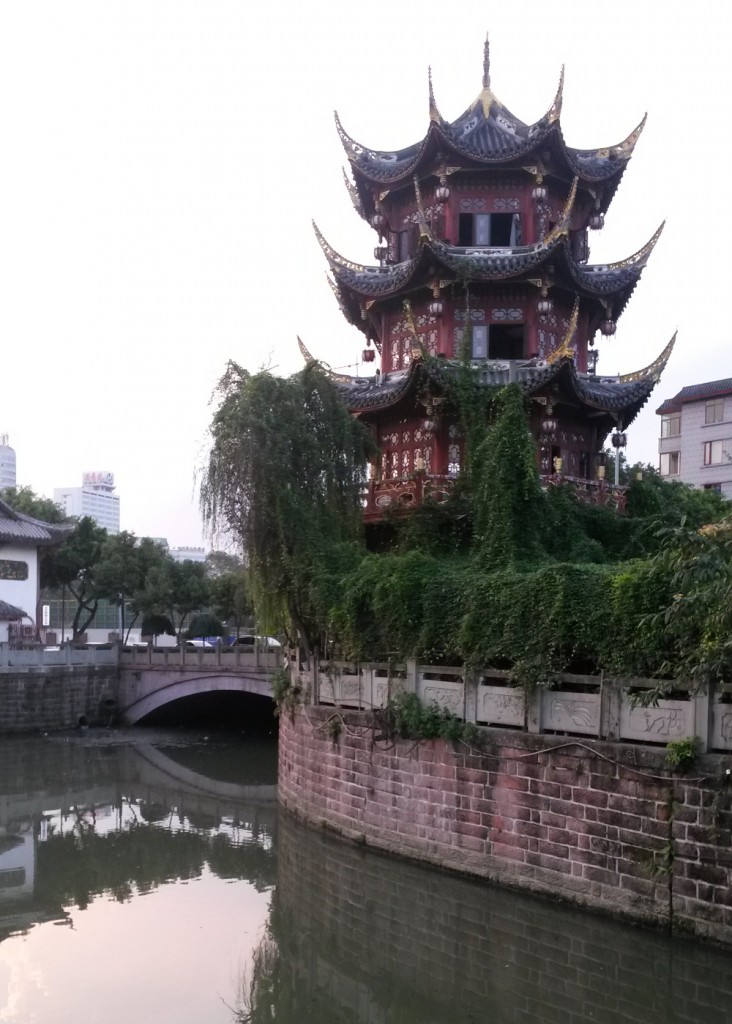
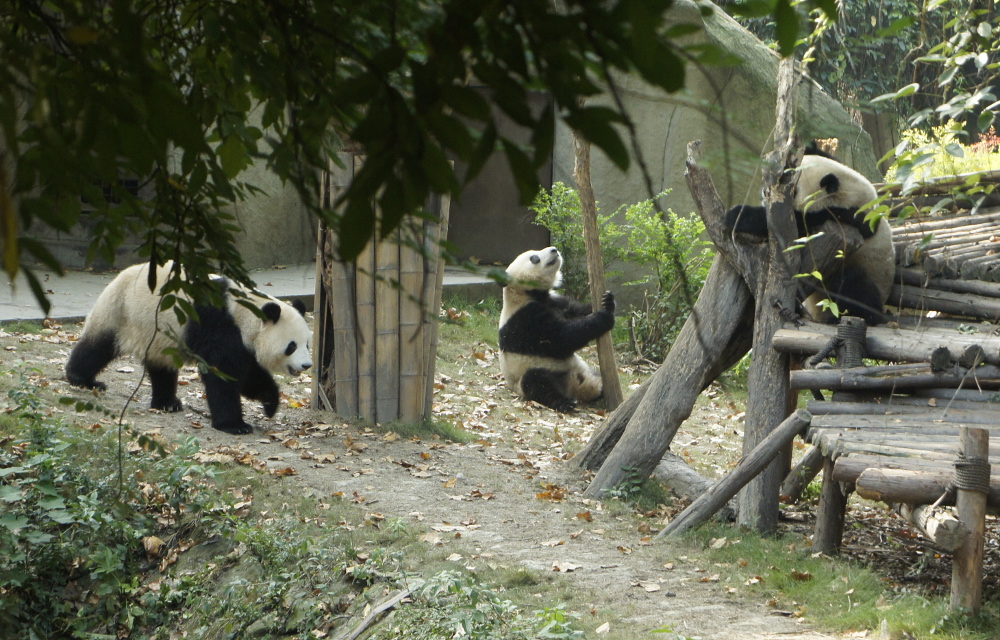

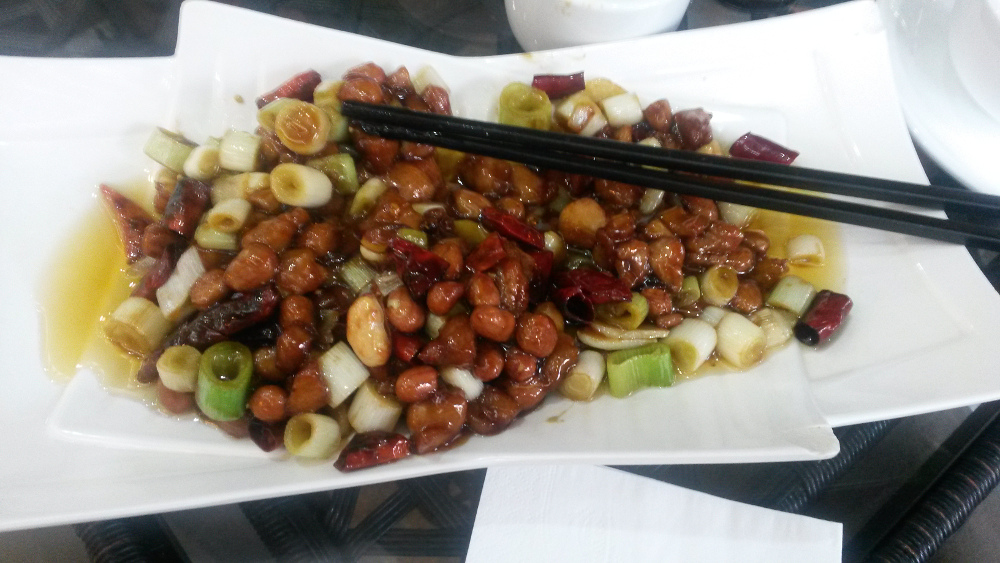
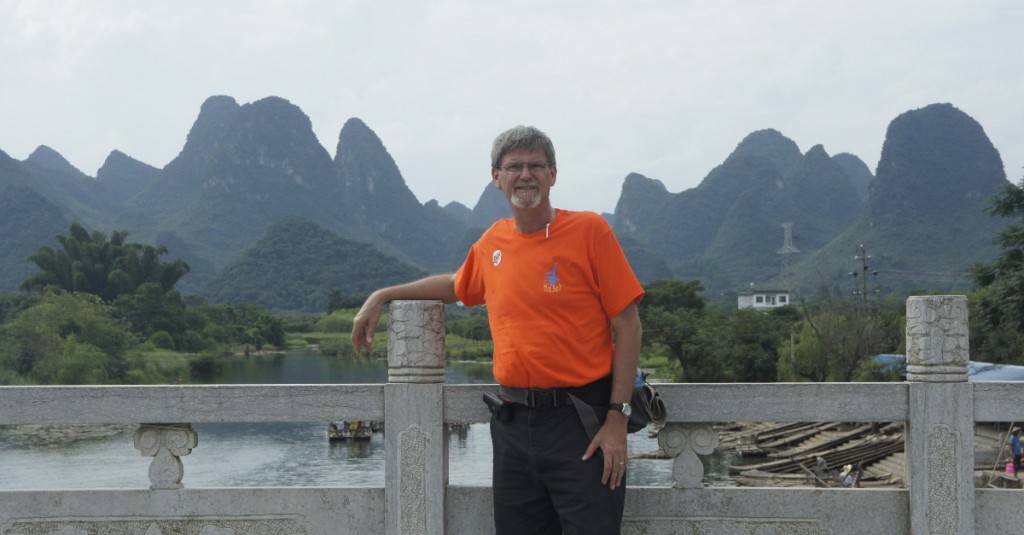
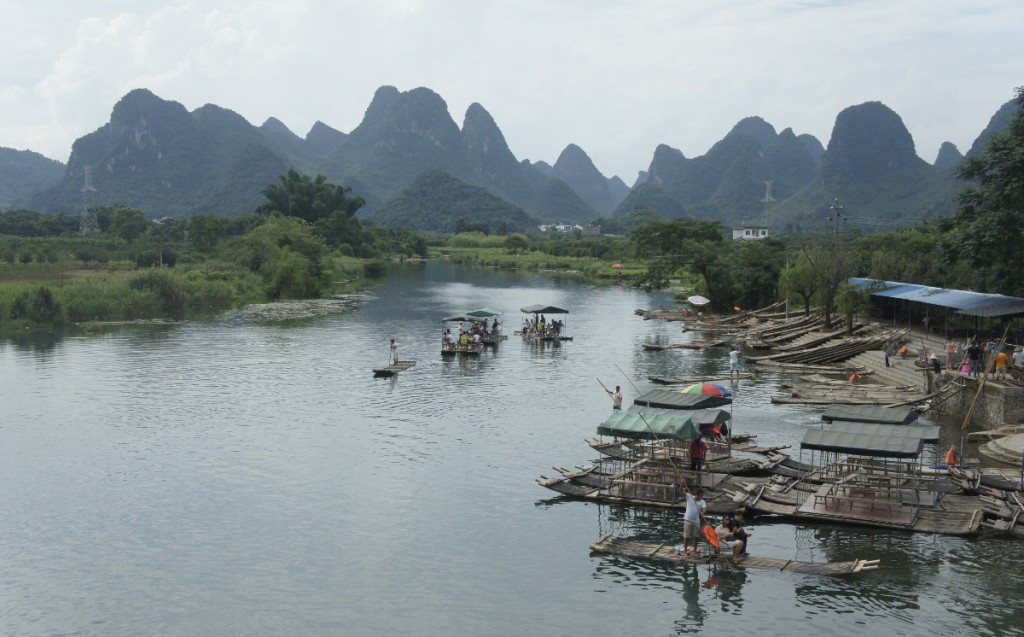
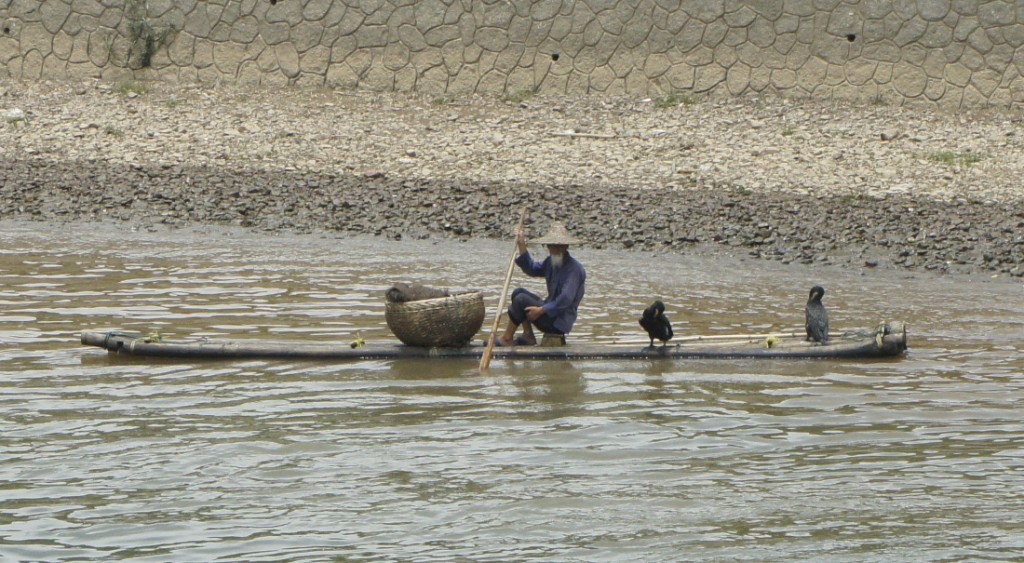
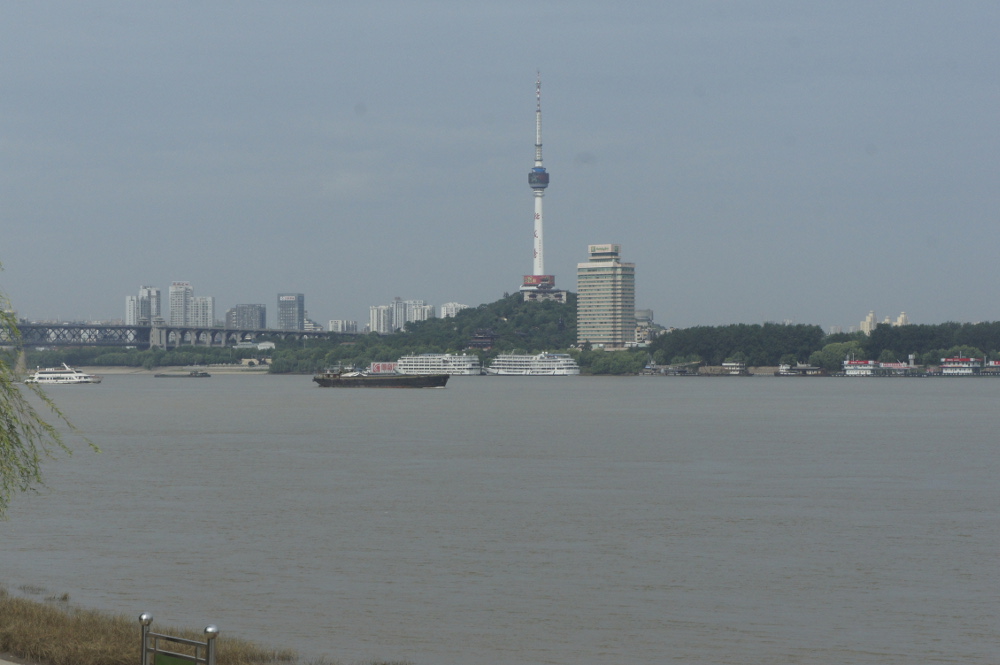
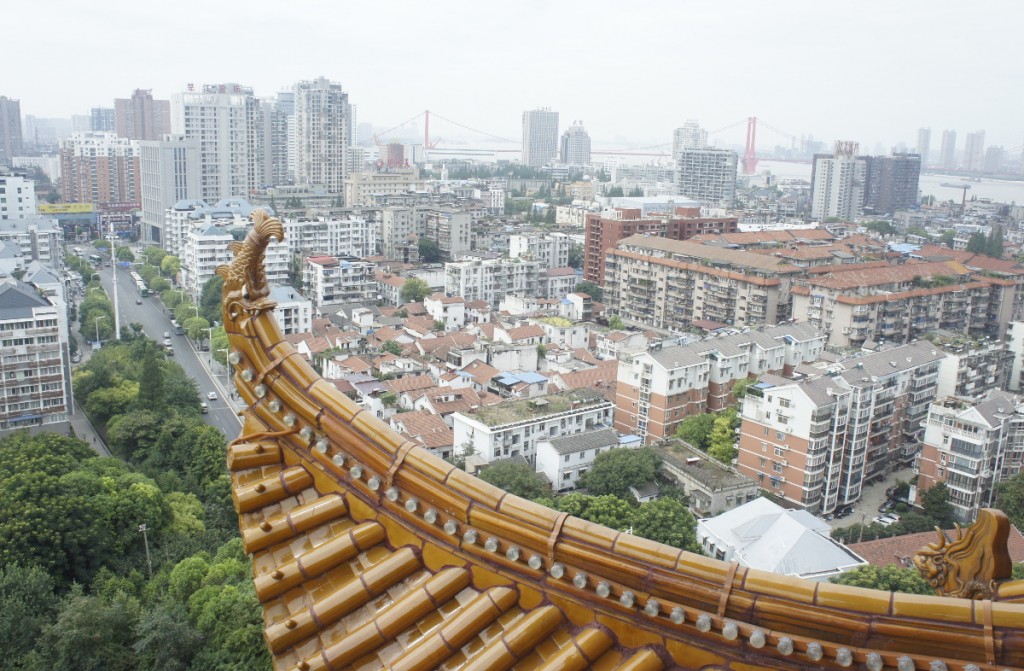
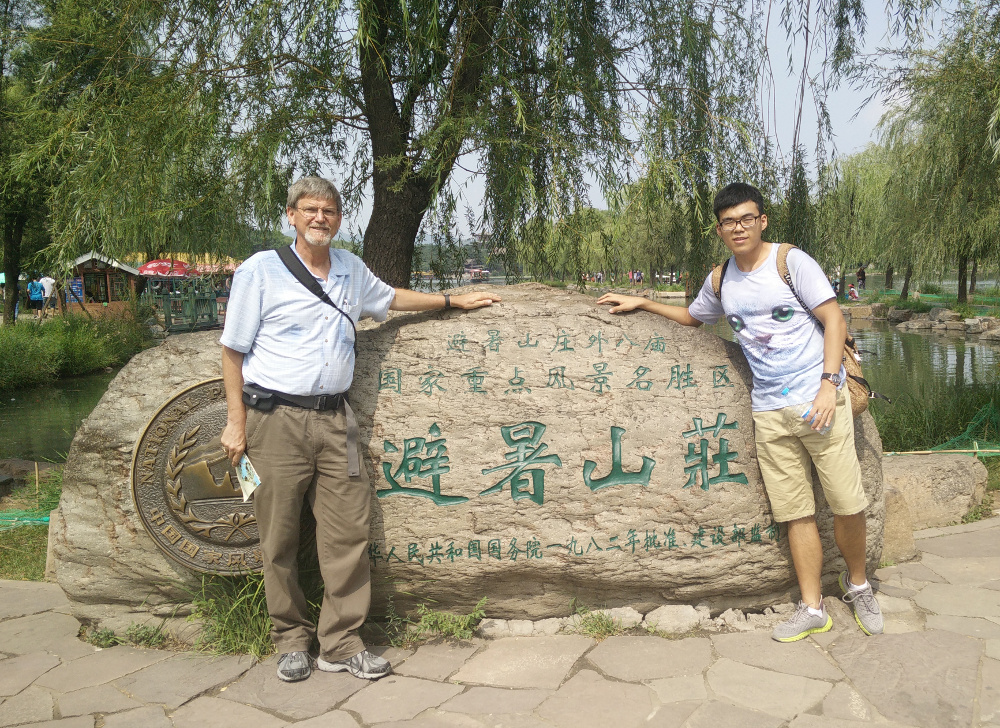
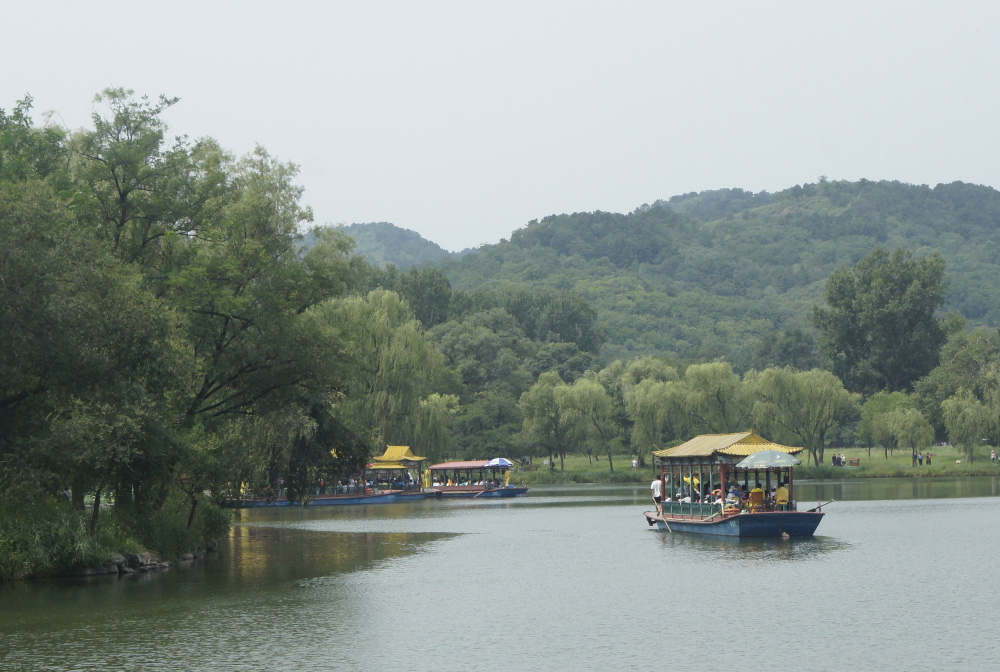
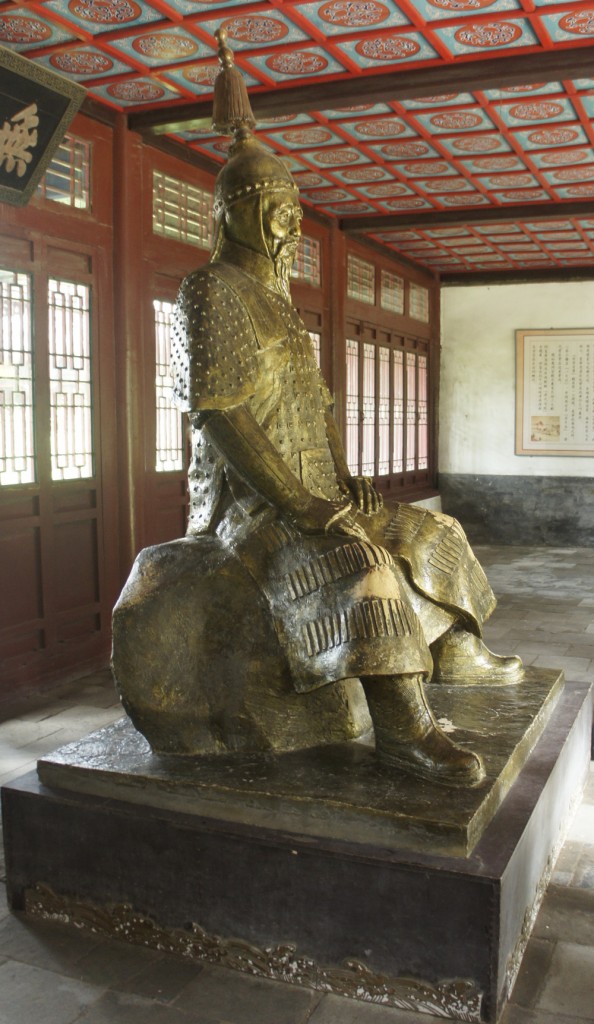
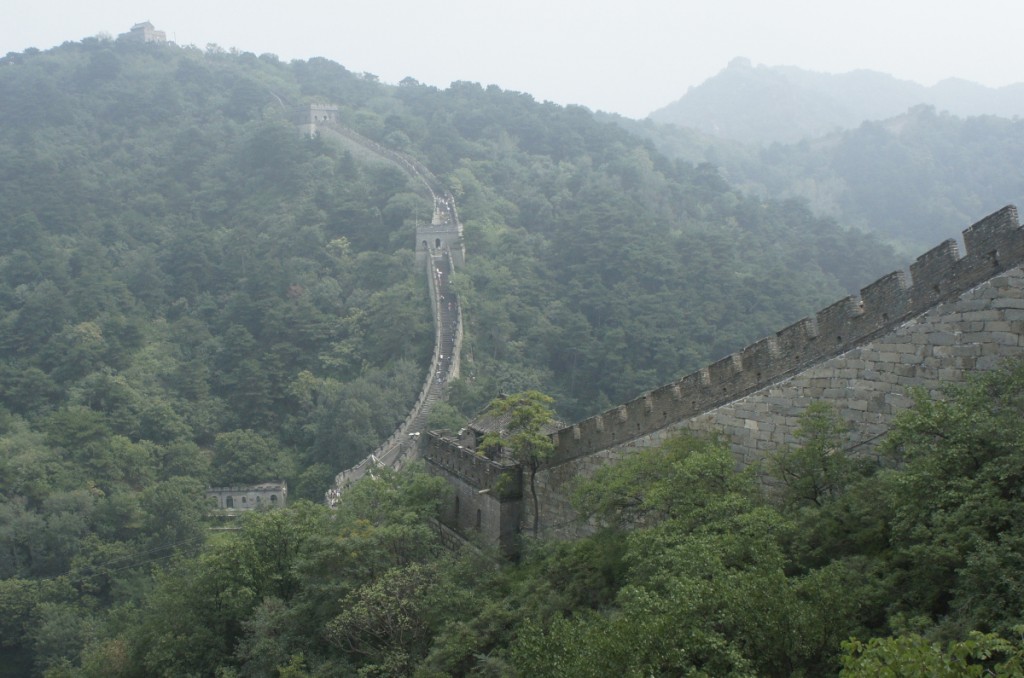
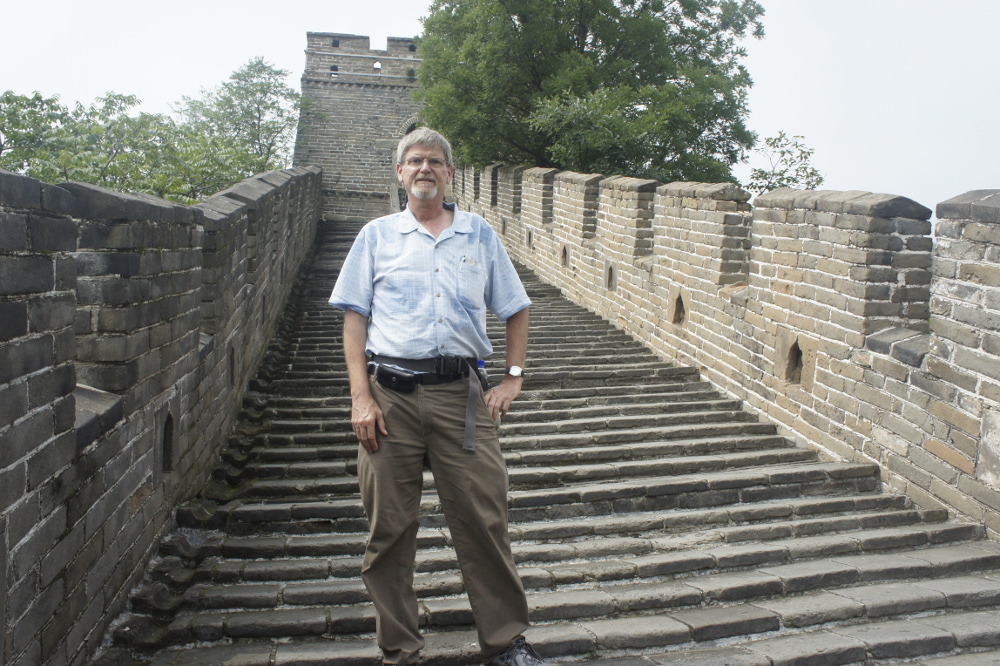
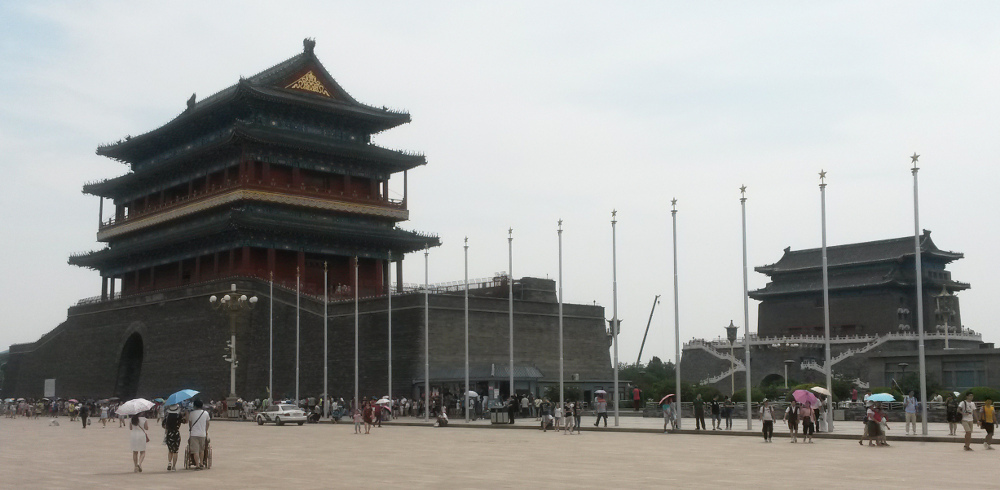
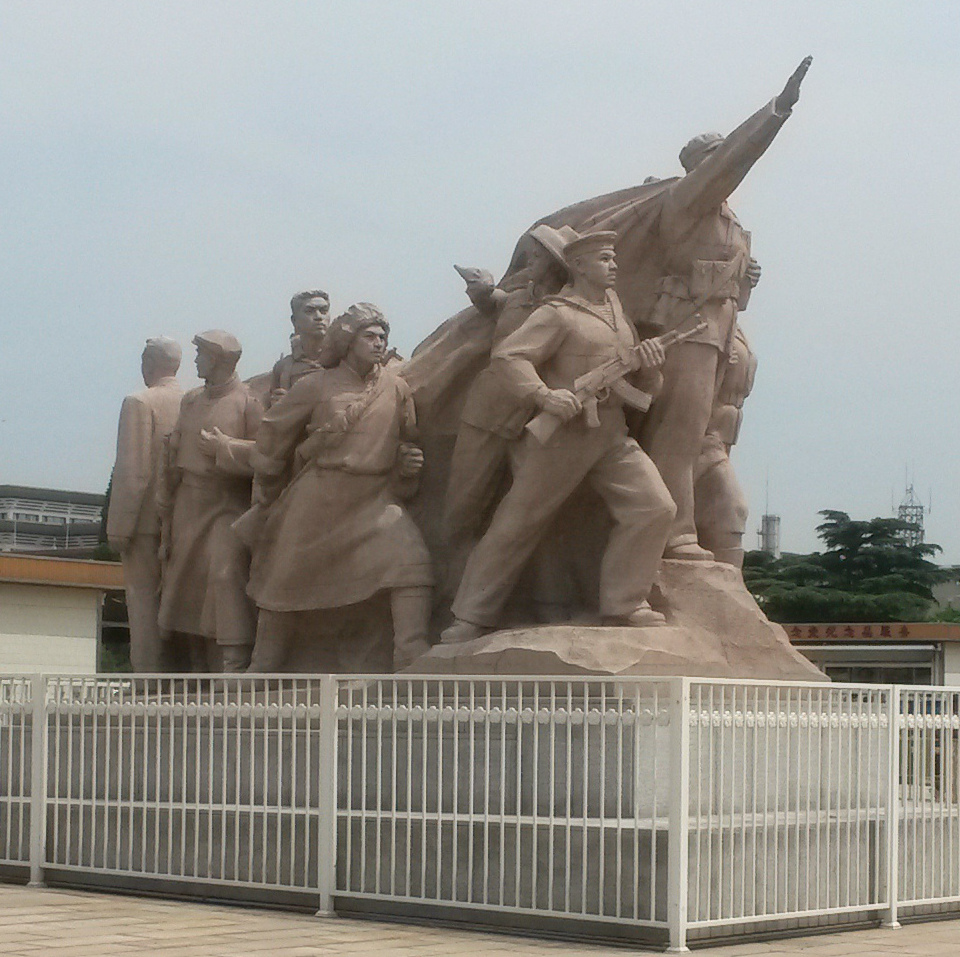
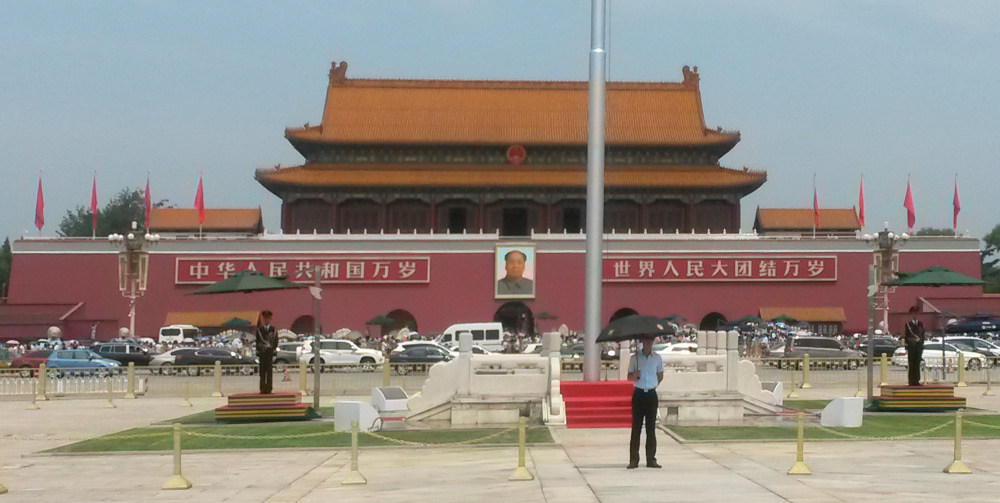
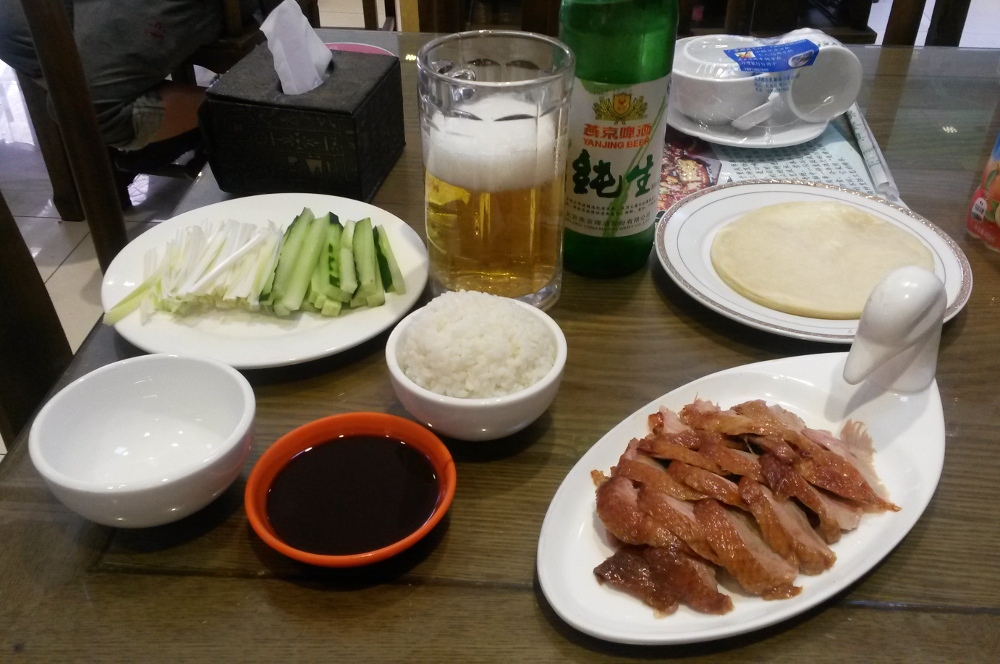
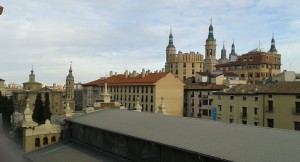
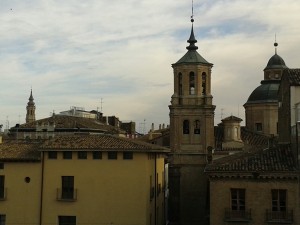
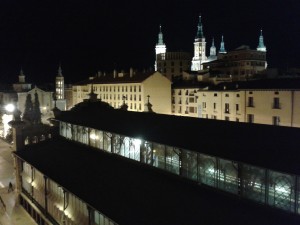
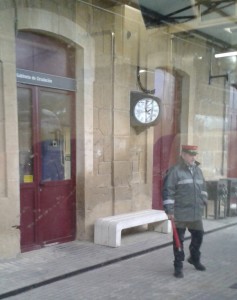
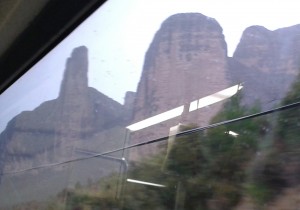
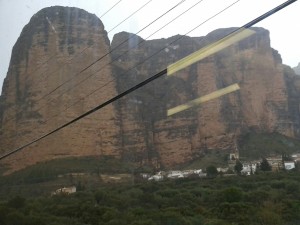
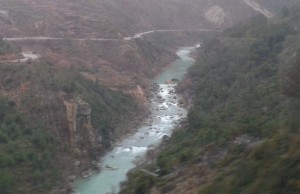
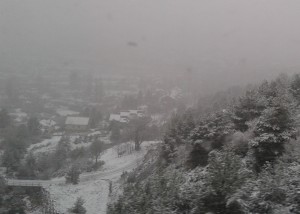
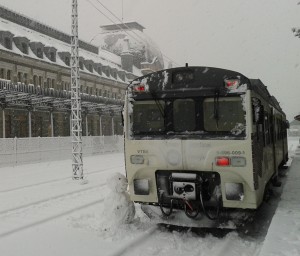
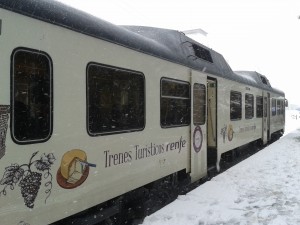
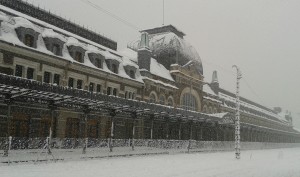
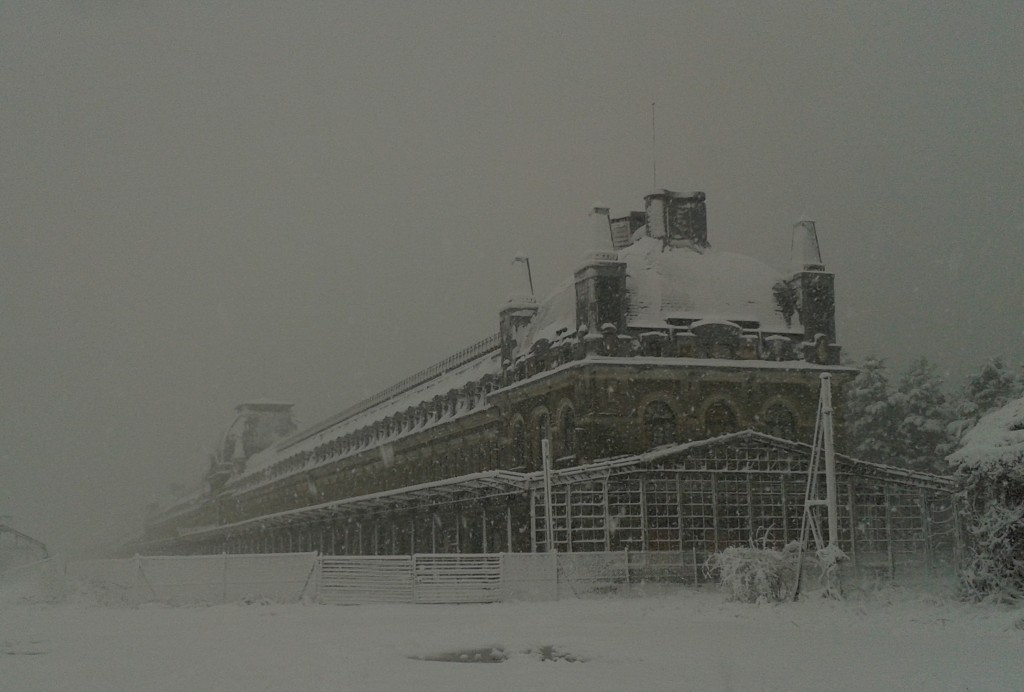
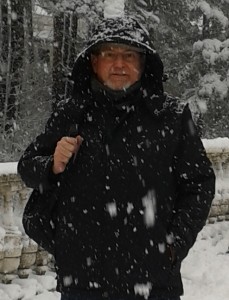
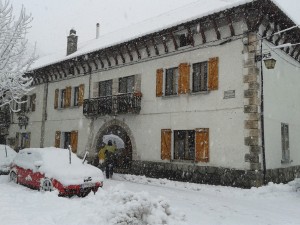
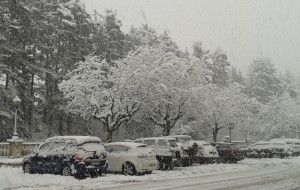
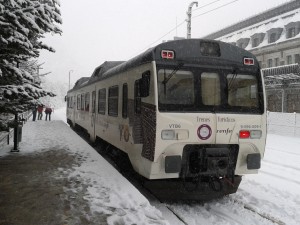
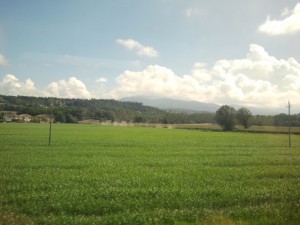
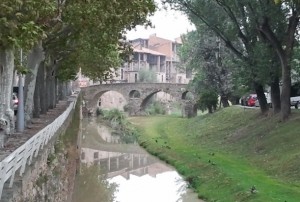
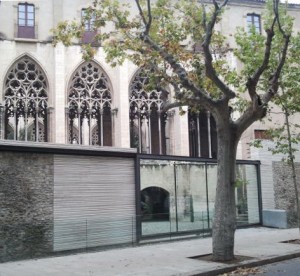
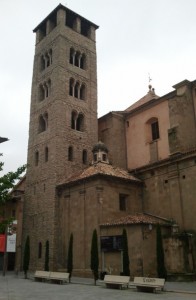
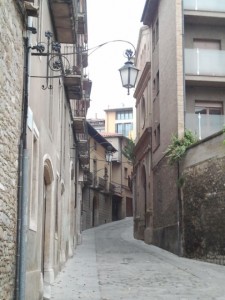
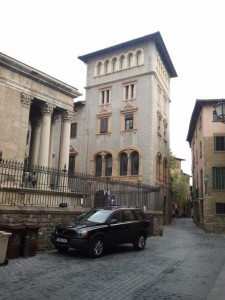
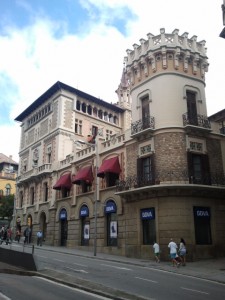
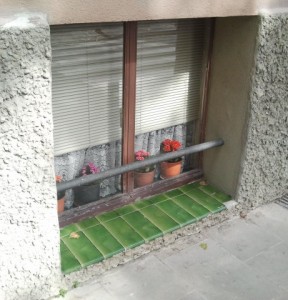
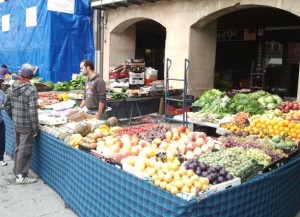
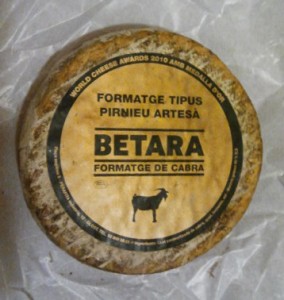
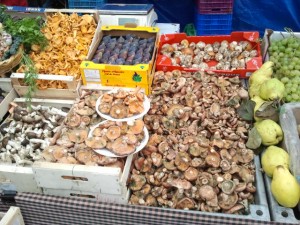
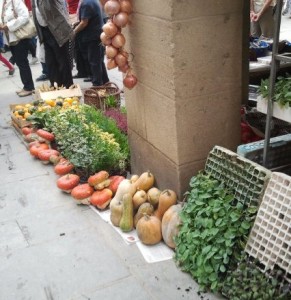
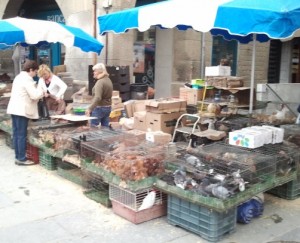
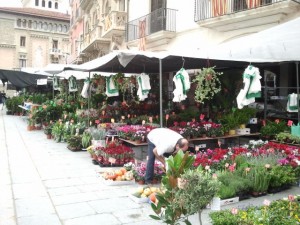
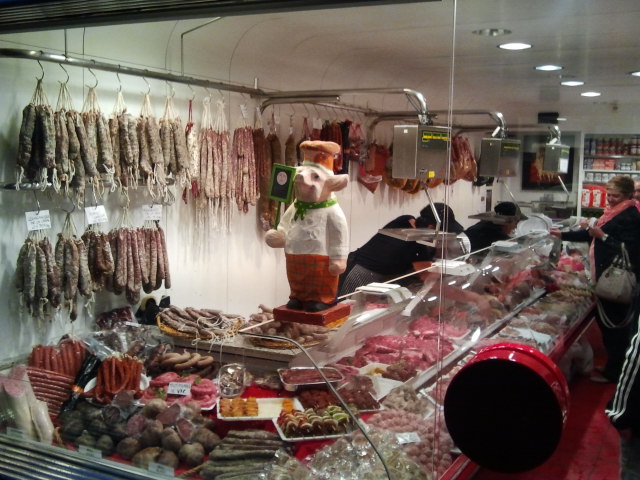
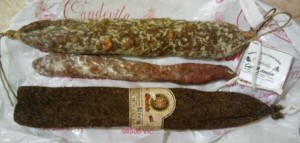
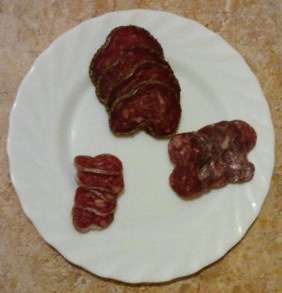
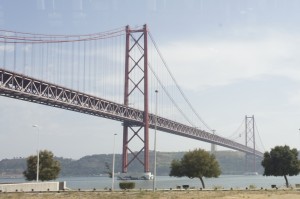
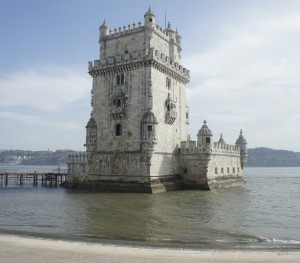
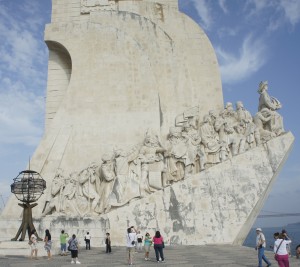
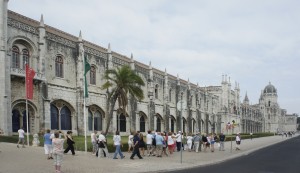
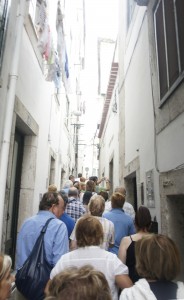
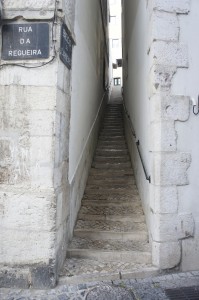
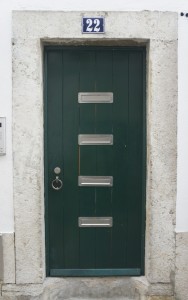
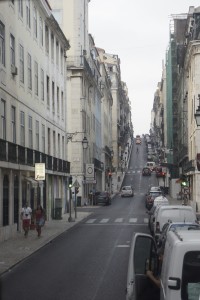
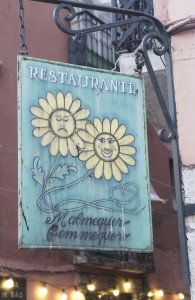
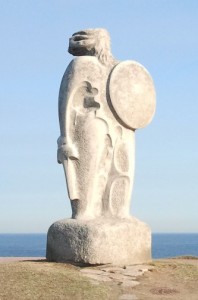
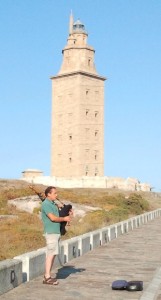
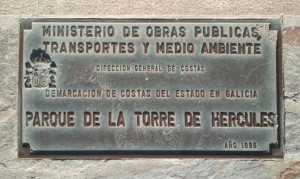
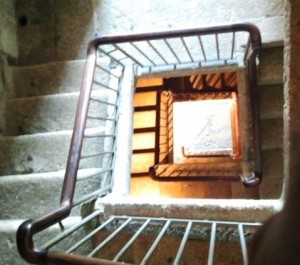
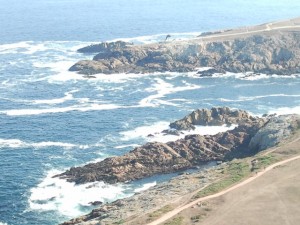
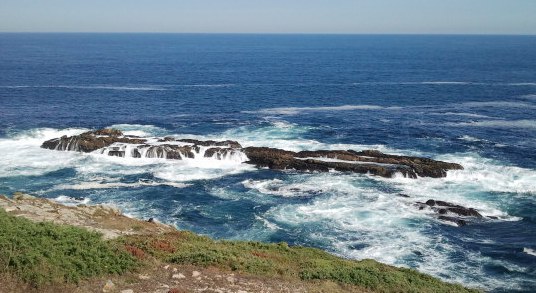
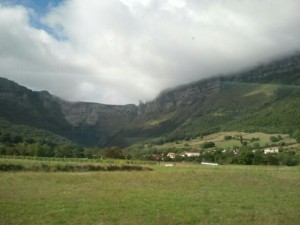
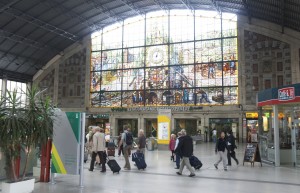
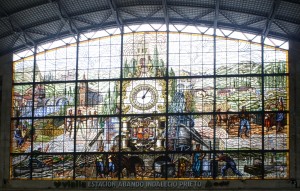
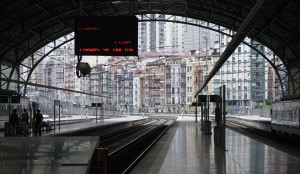
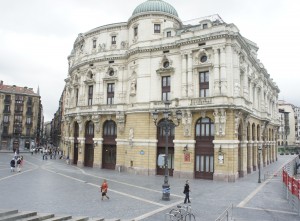
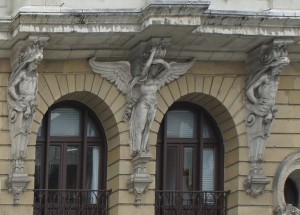
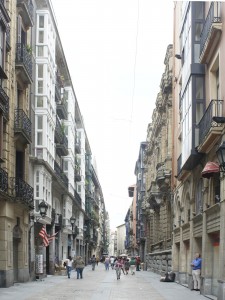
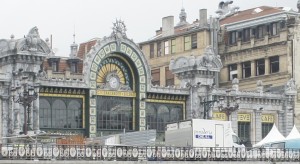
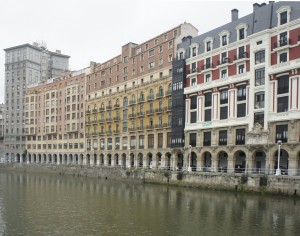
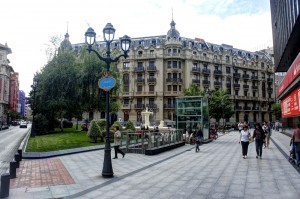
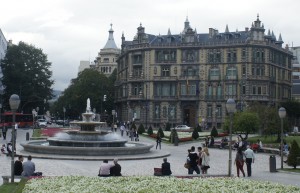
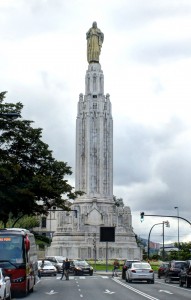
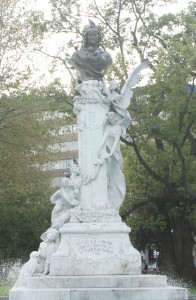
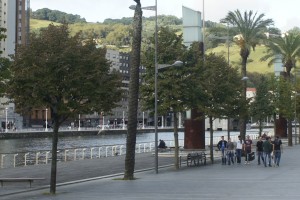
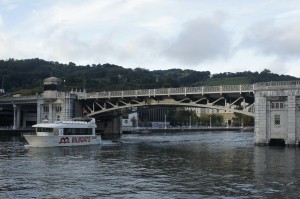
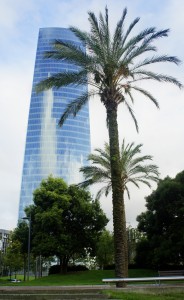
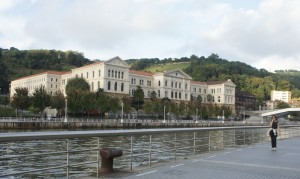
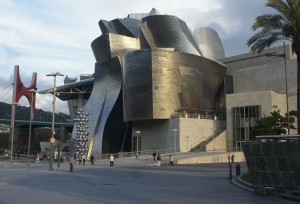
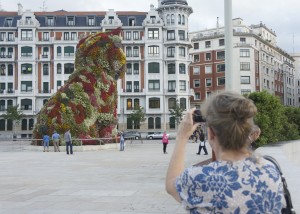
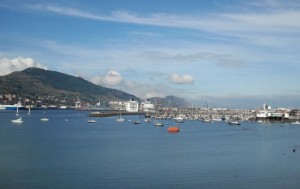
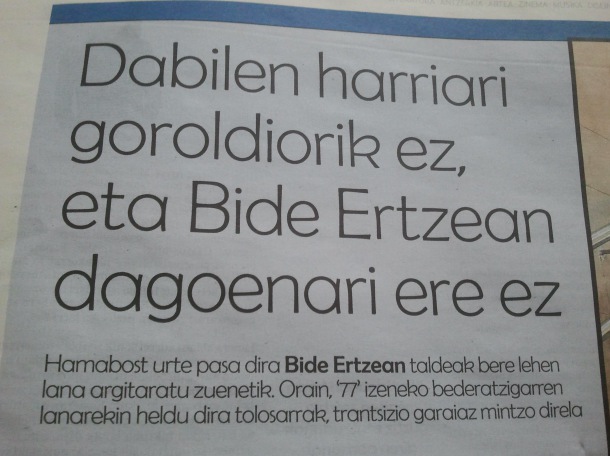
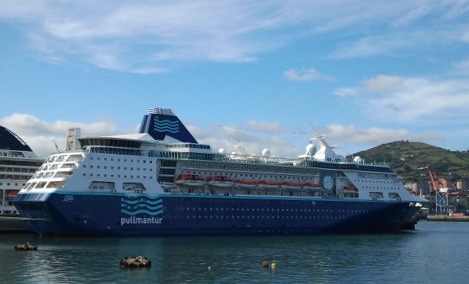
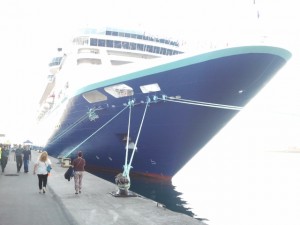
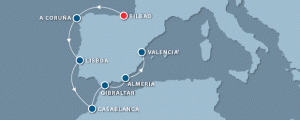
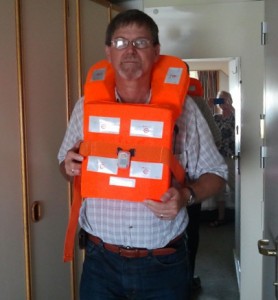
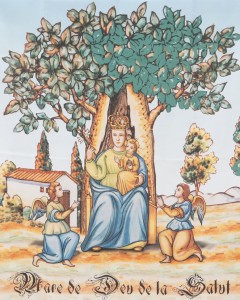
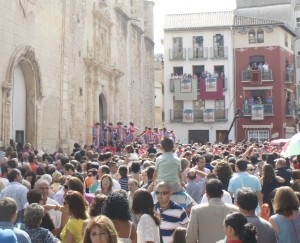
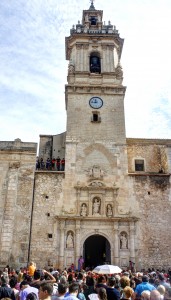
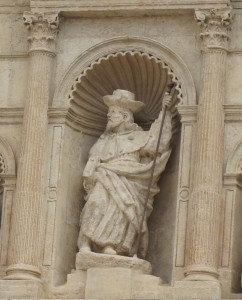
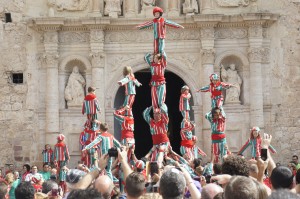
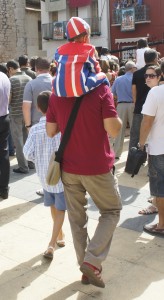
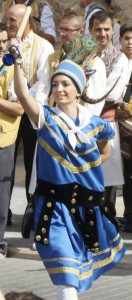
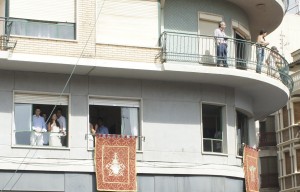
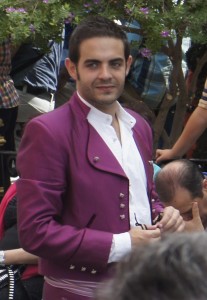
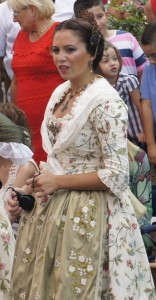
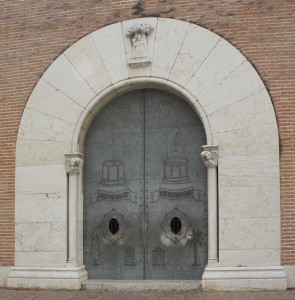
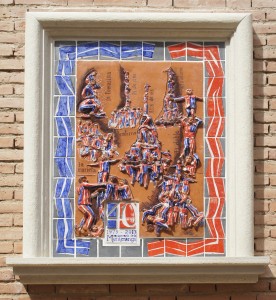
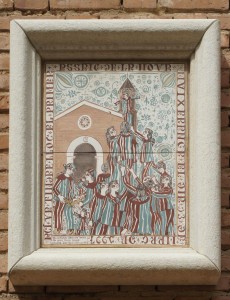
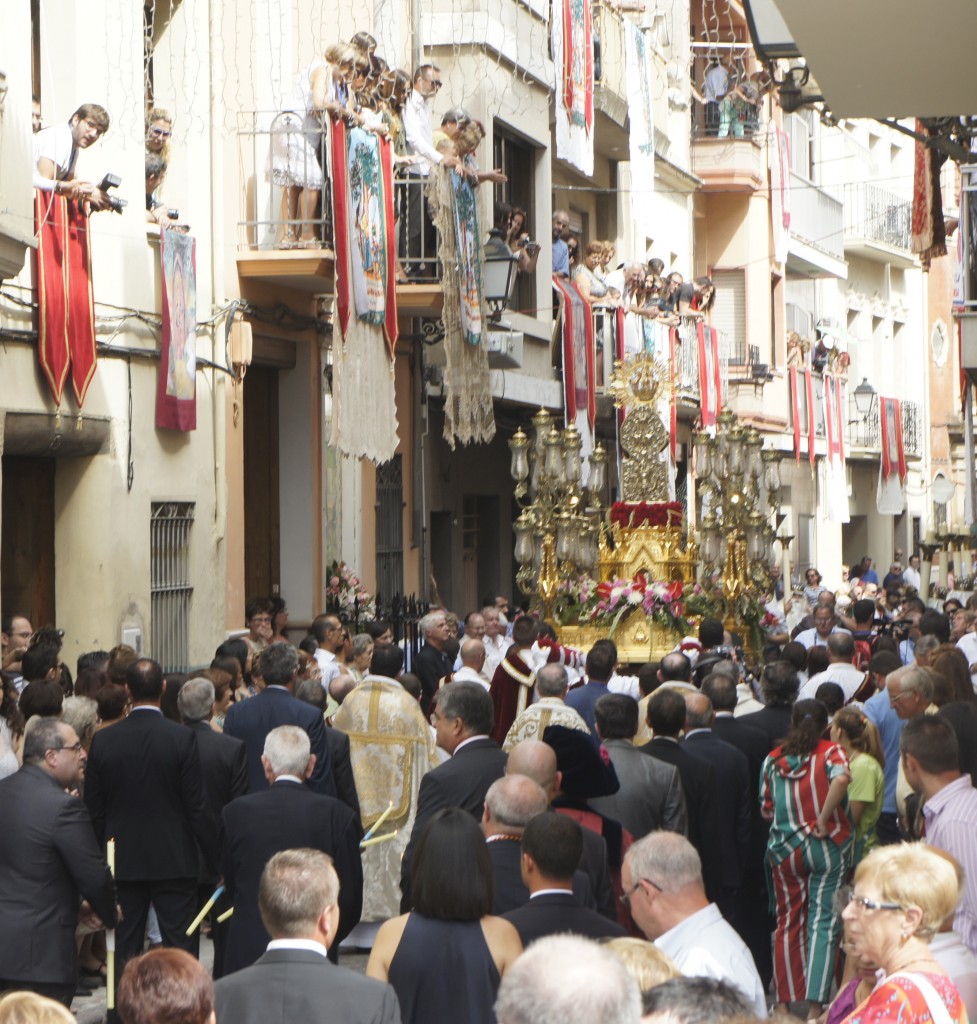
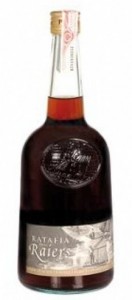 I had never heard of Ratafia until I visited Pobla de Segur, a town of 3,000 in the foothills of the Pyrenees. Mere chance led me to a non-descript building at number 4, Avenida Sant Miquel del Pui, just a half a block from the town’s church. This was “Portet Distributions”. Over the front door, bold red letters on a retracted tan awning declared it to be a “Maker of traditional liqueurs of the Pyrenees”.
I had never heard of Ratafia until I visited Pobla de Segur, a town of 3,000 in the foothills of the Pyrenees. Mere chance led me to a non-descript building at number 4, Avenida Sant Miquel del Pui, just a half a block from the town’s church. This was “Portet Distributions”. Over the front door, bold red letters on a retracted tan awning declared it to be a “Maker of traditional liqueurs of the Pyrenees”.